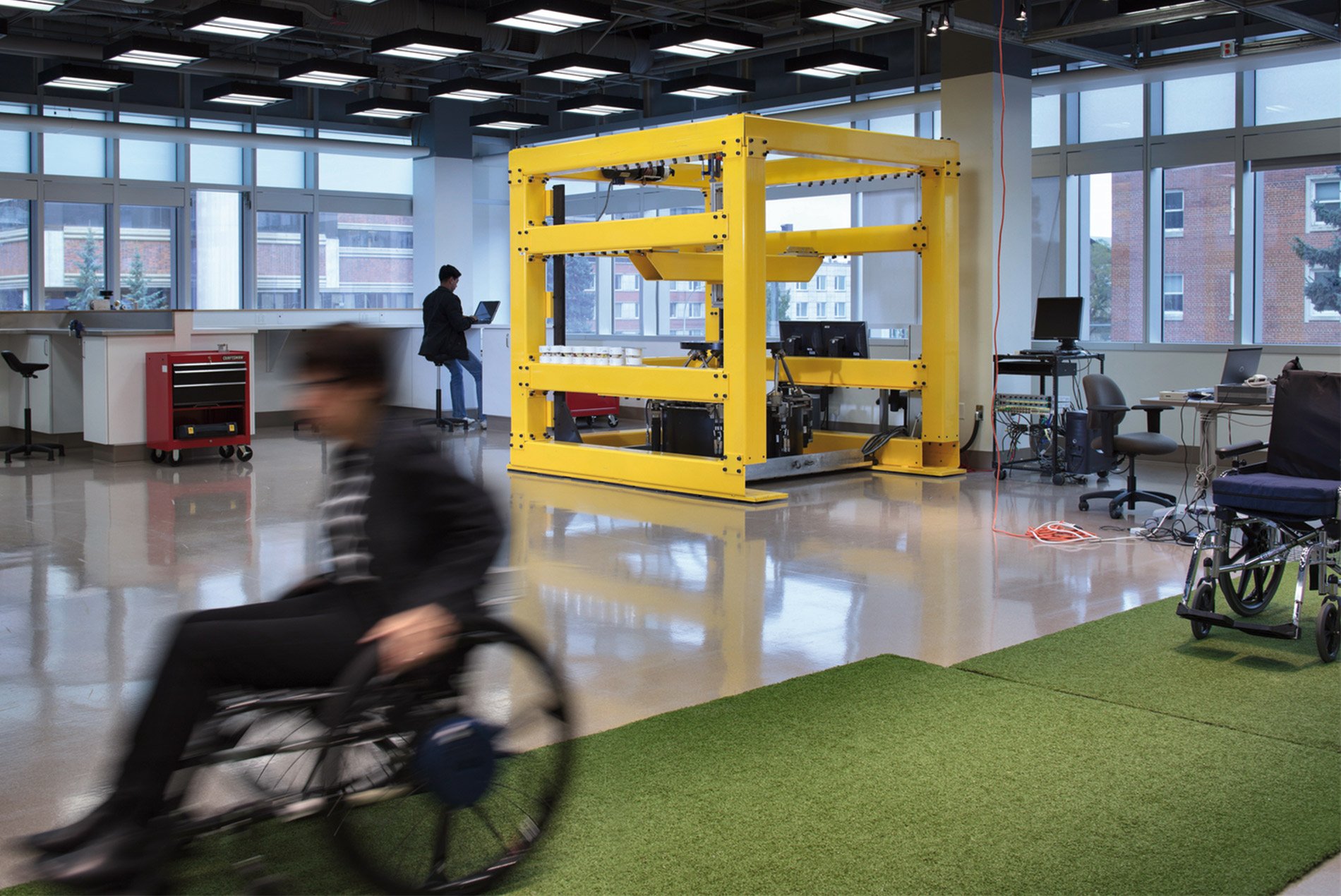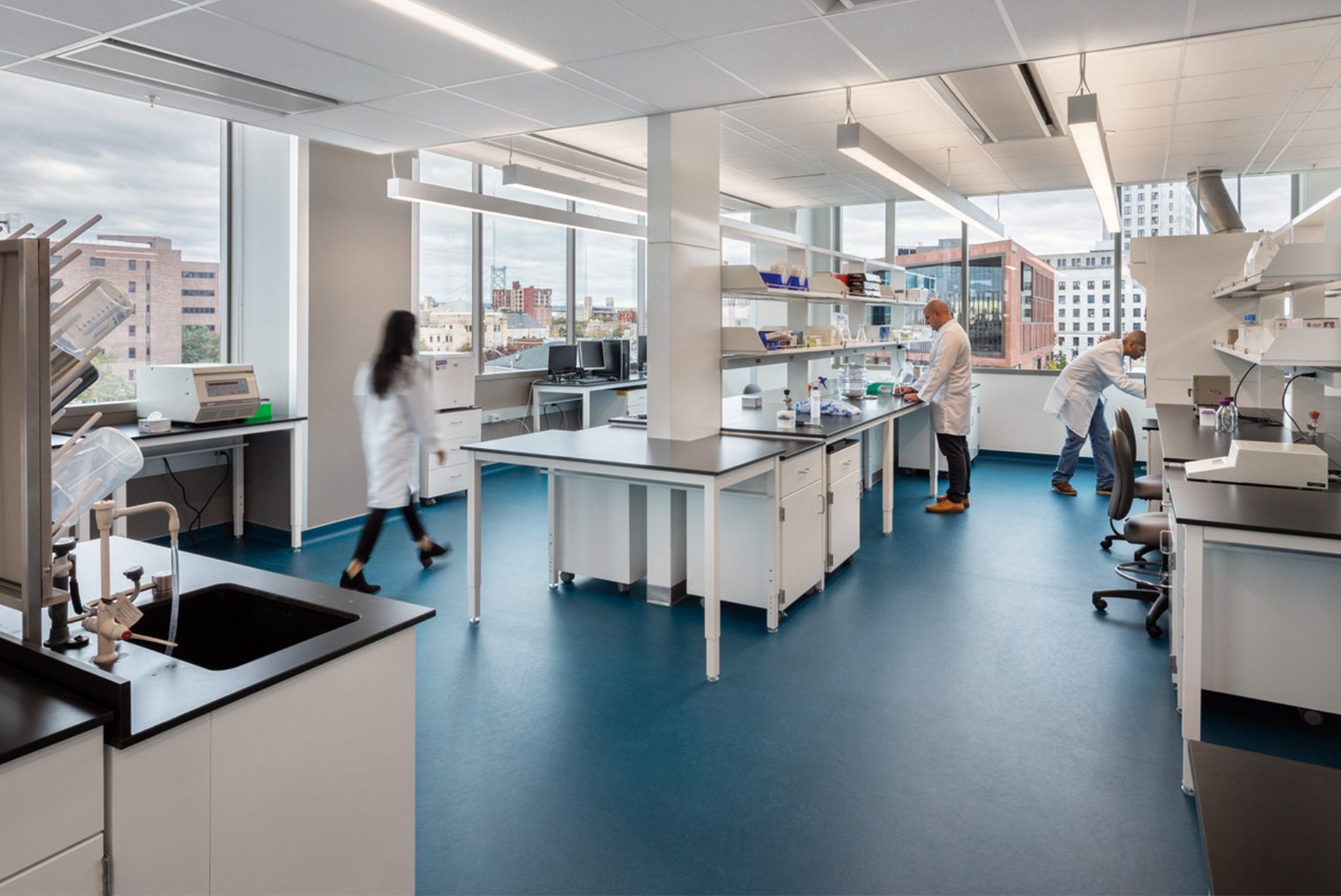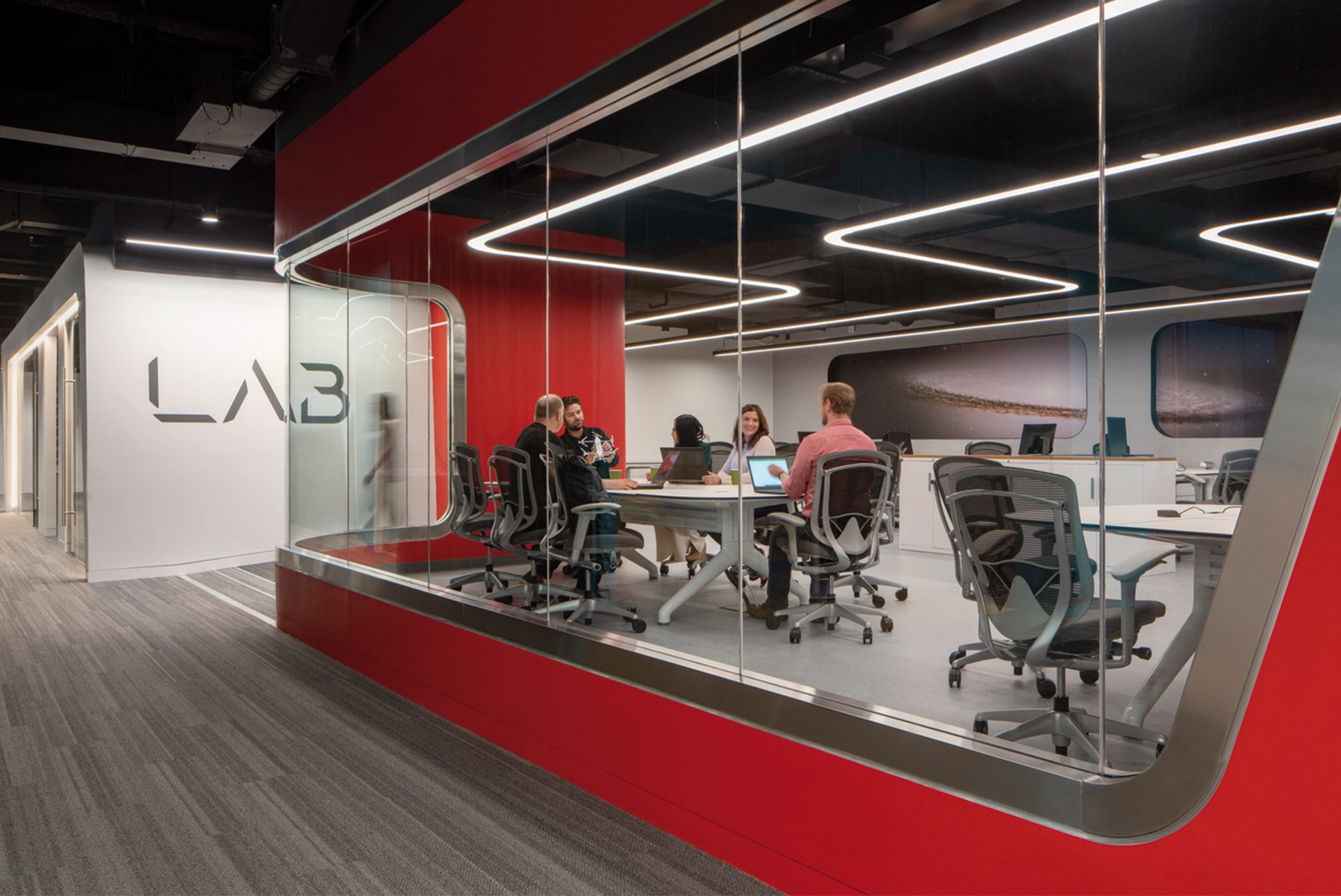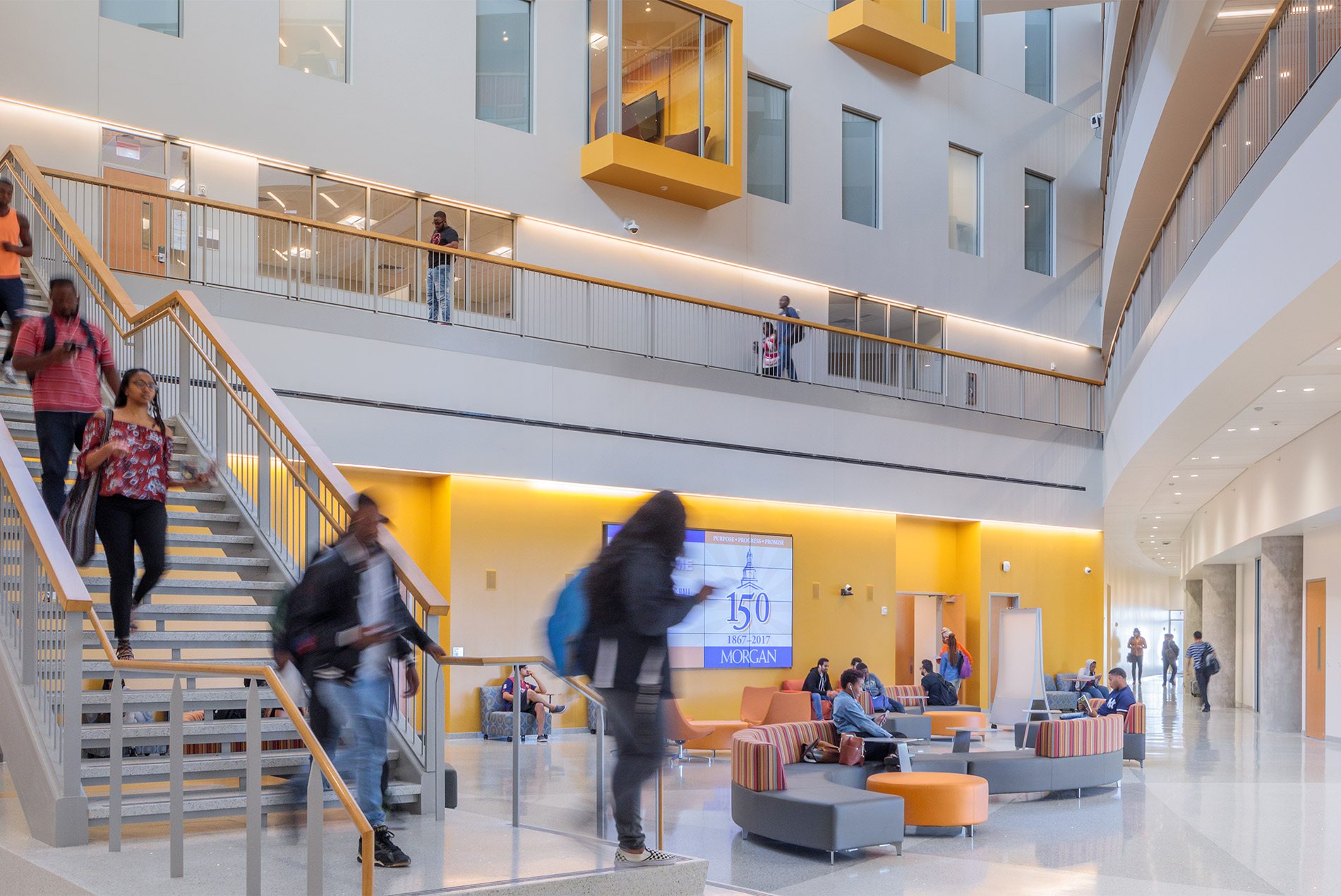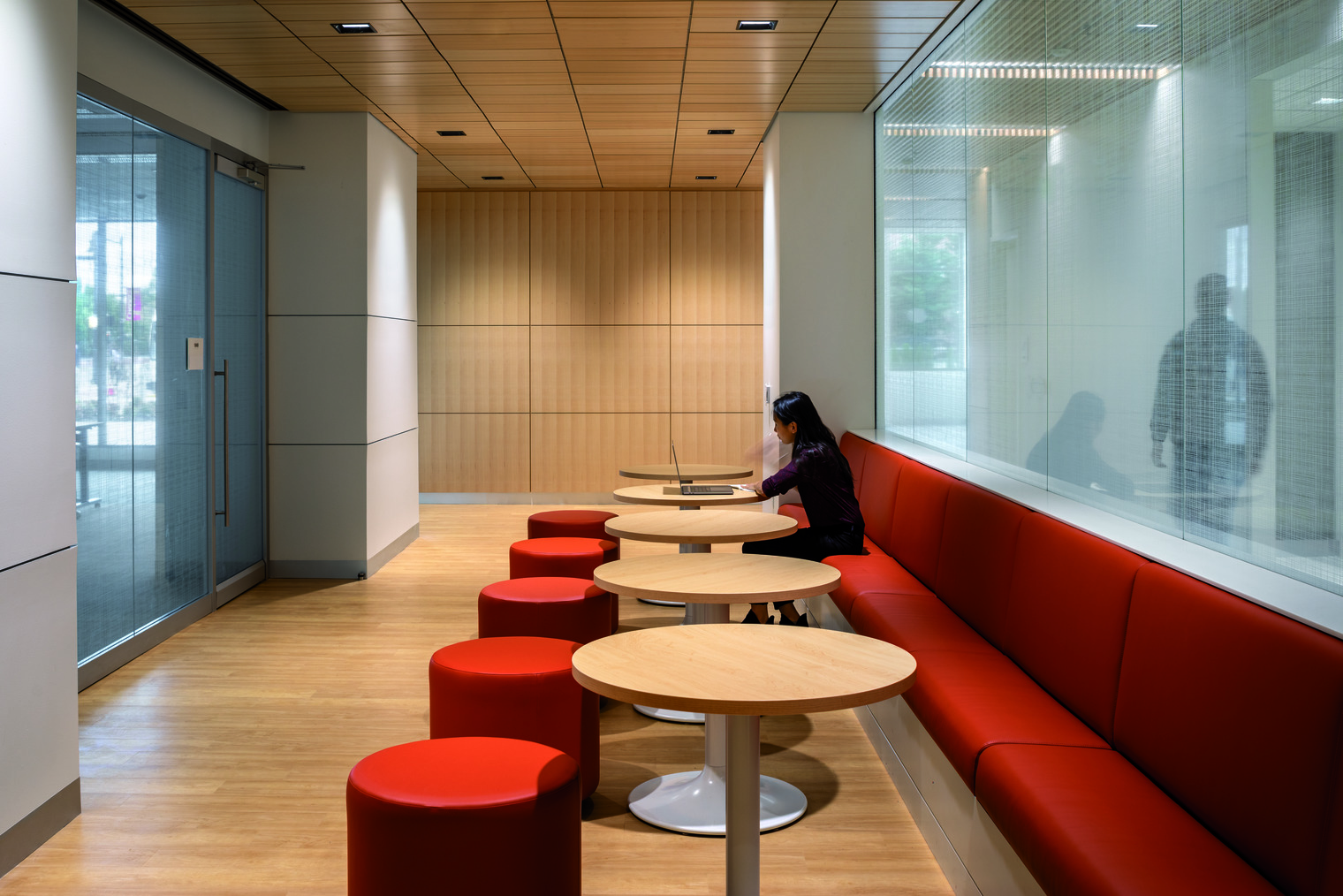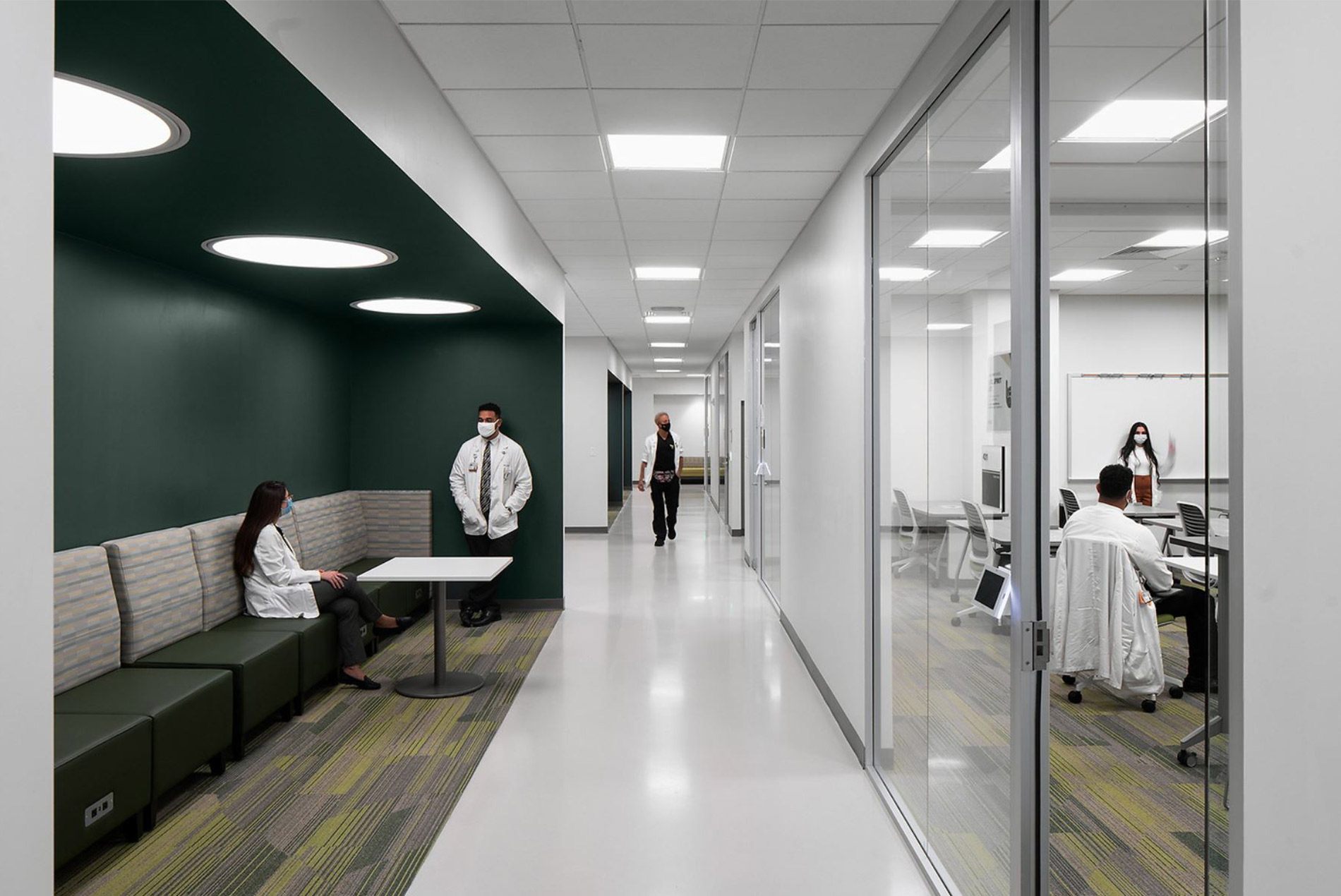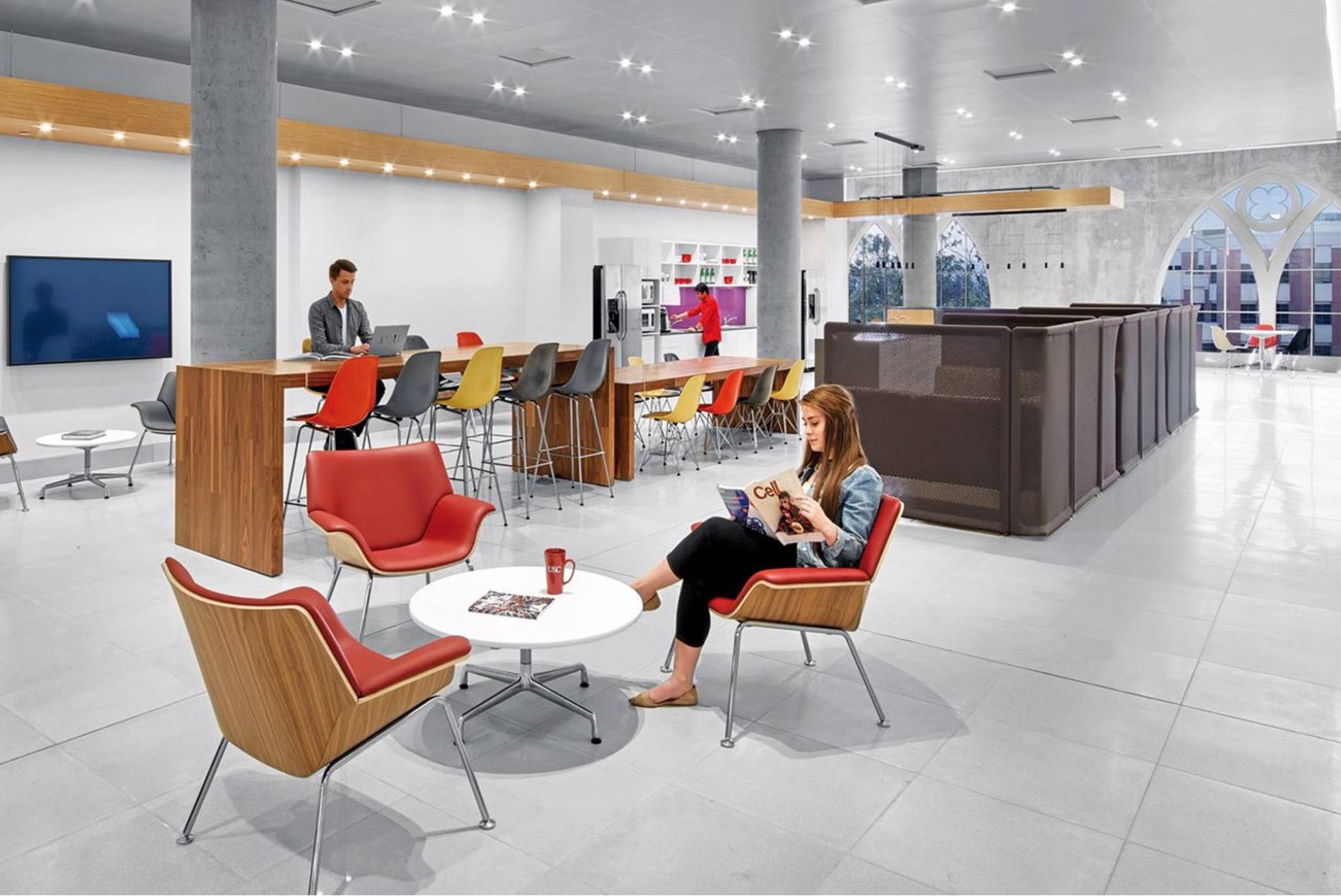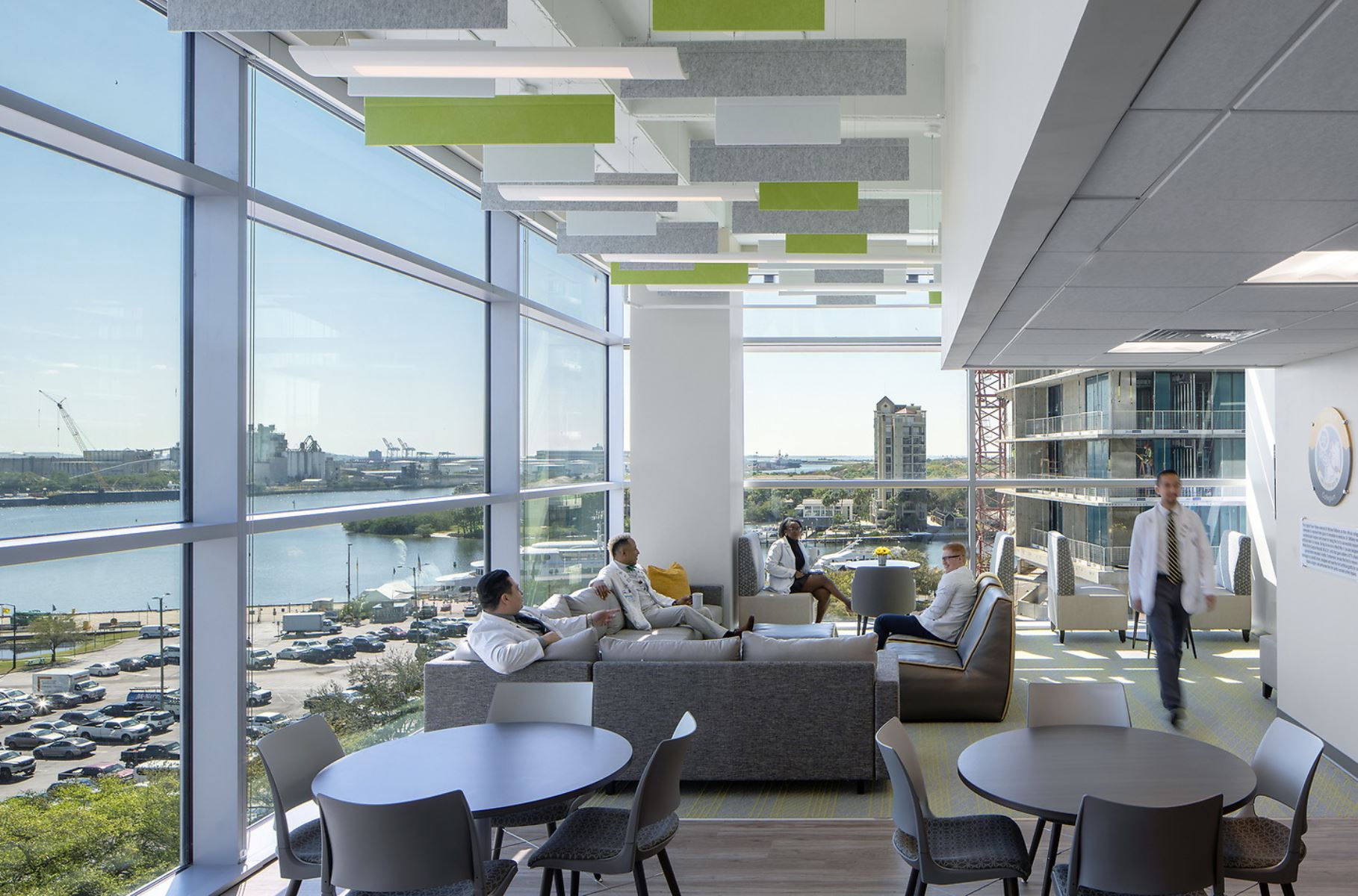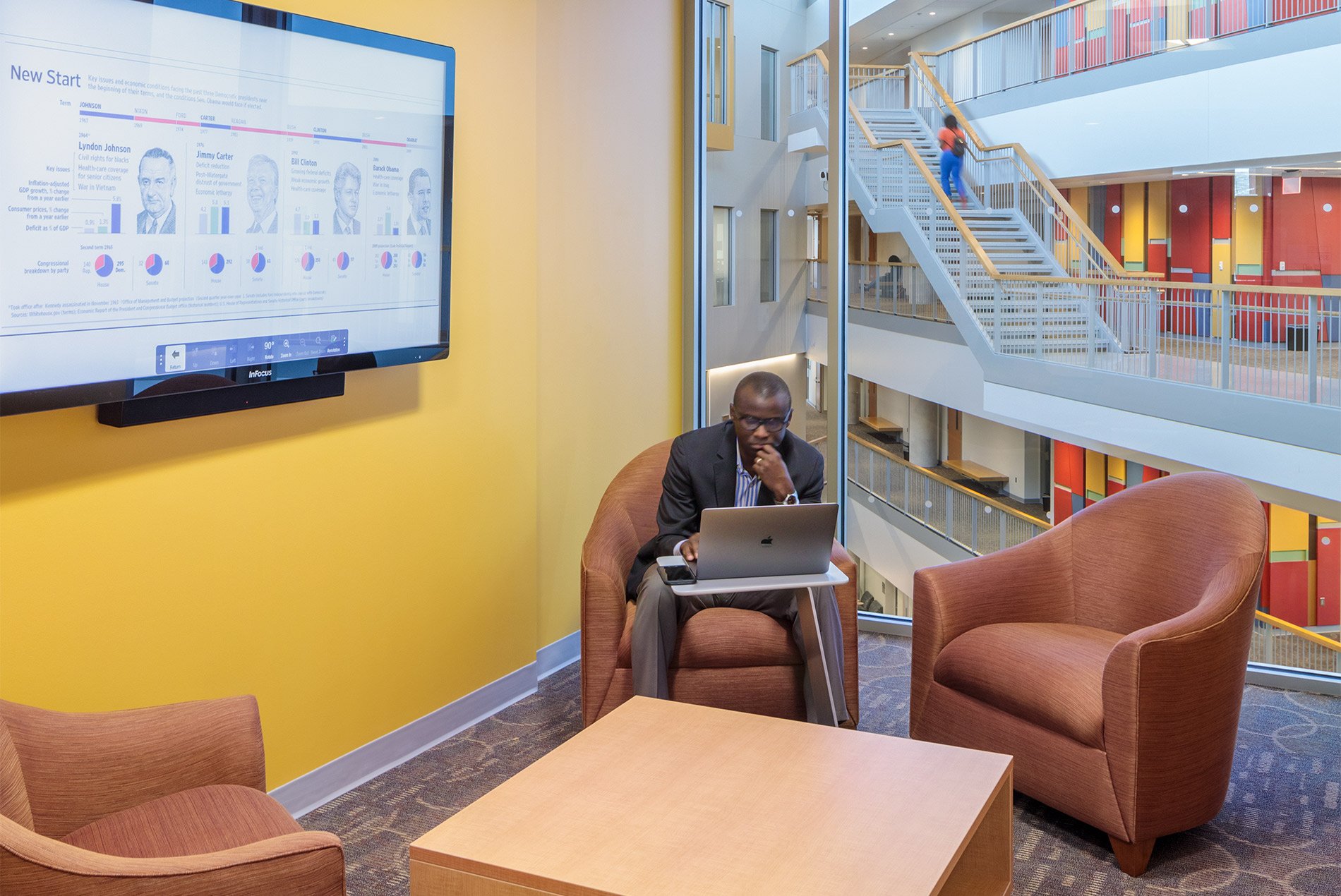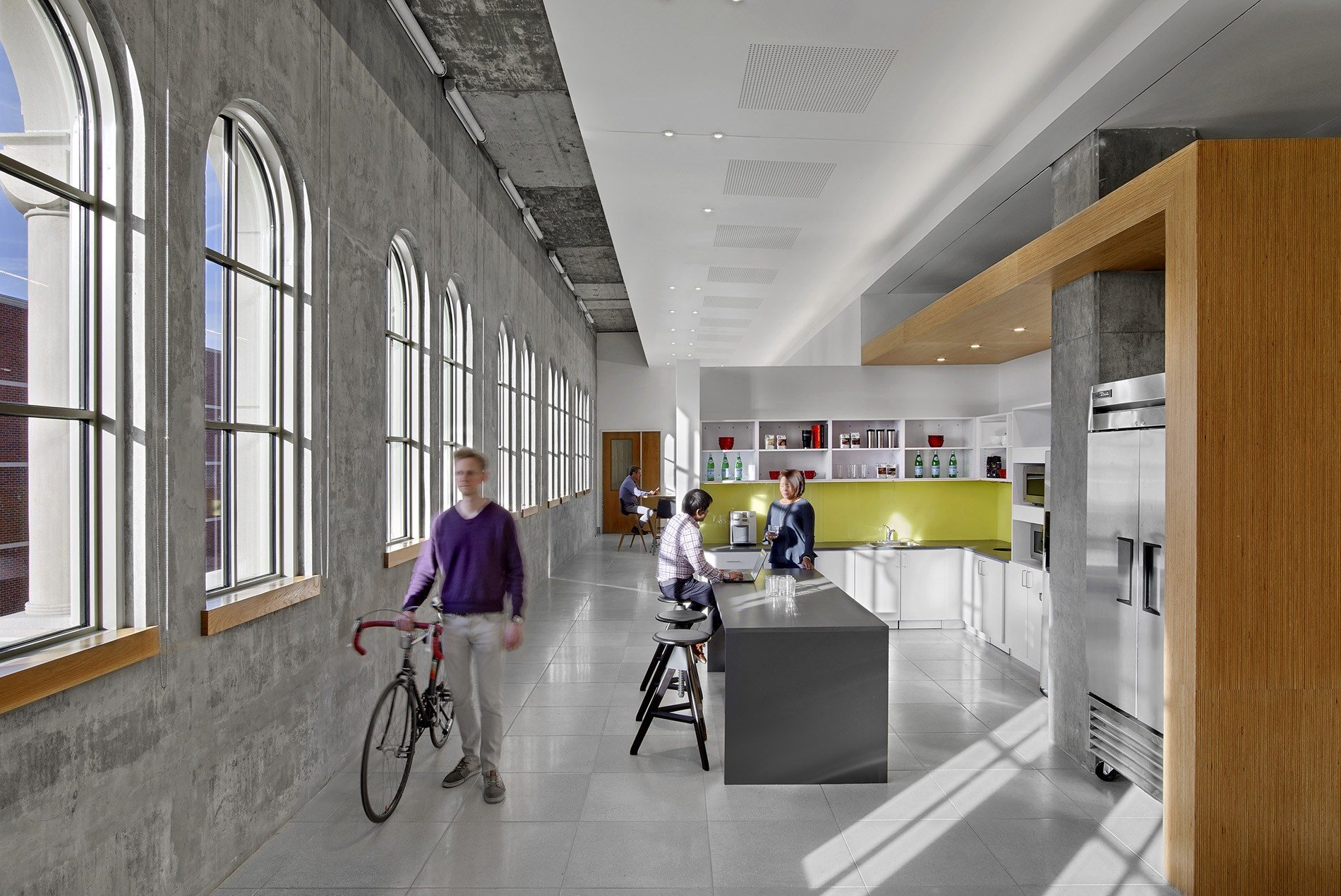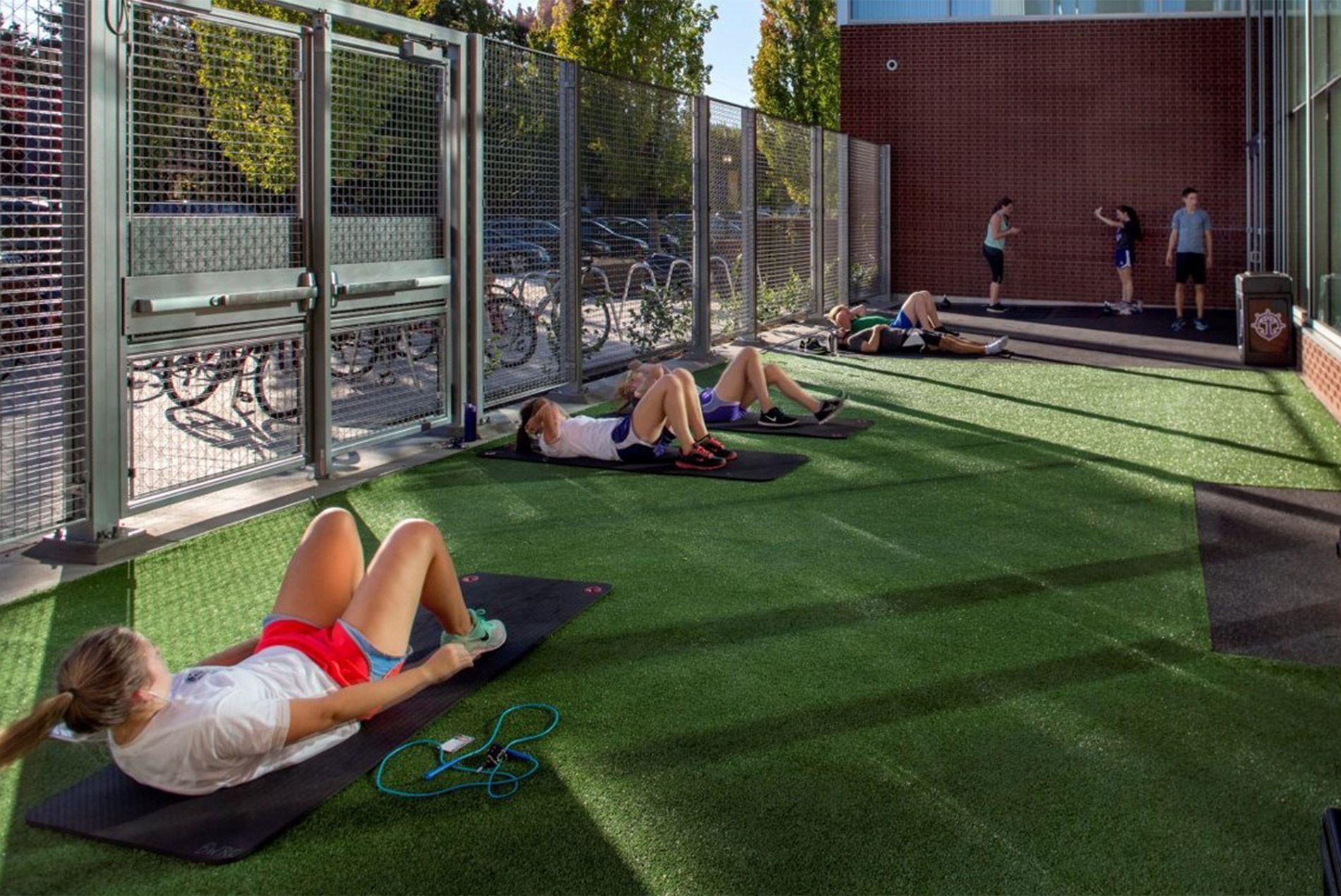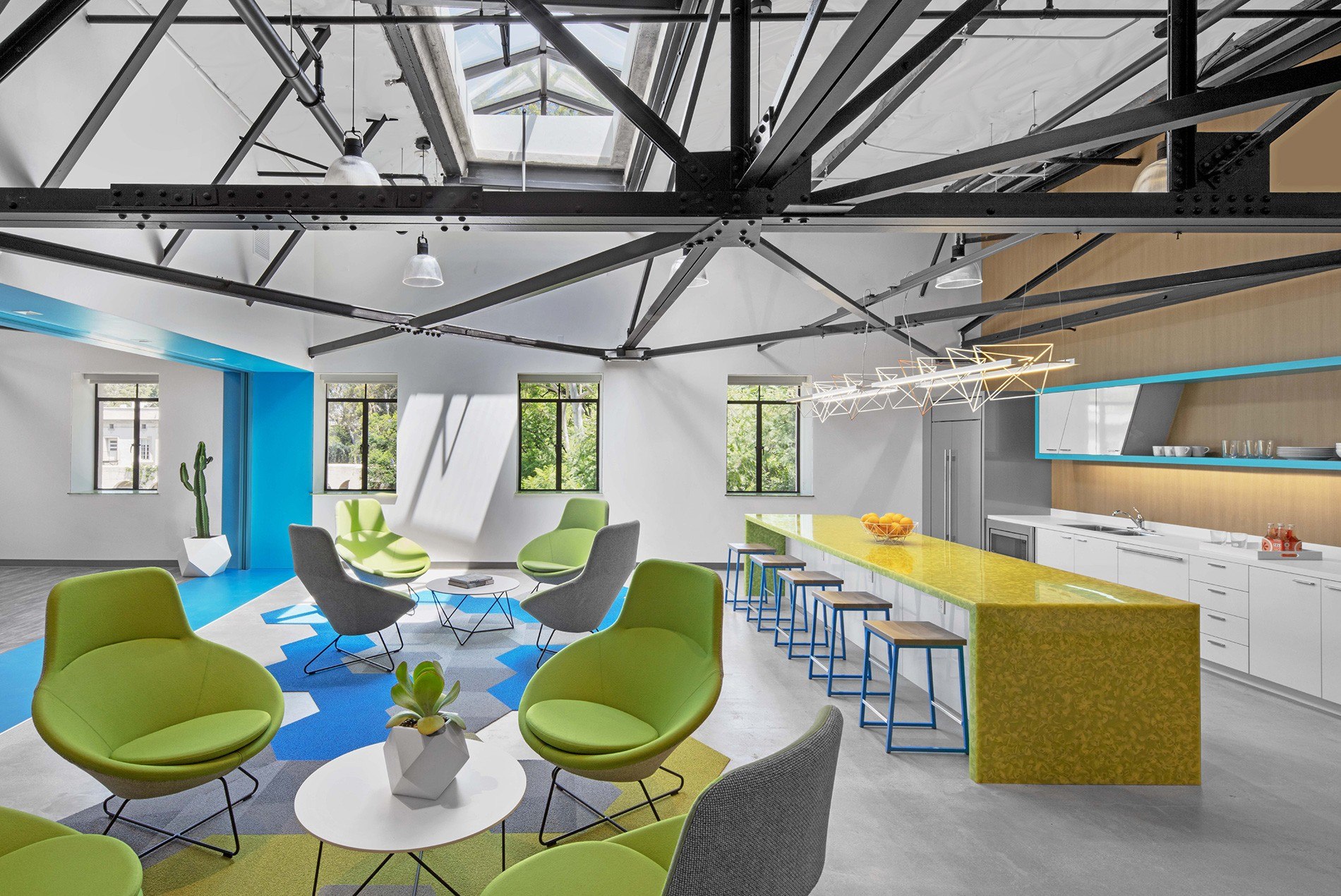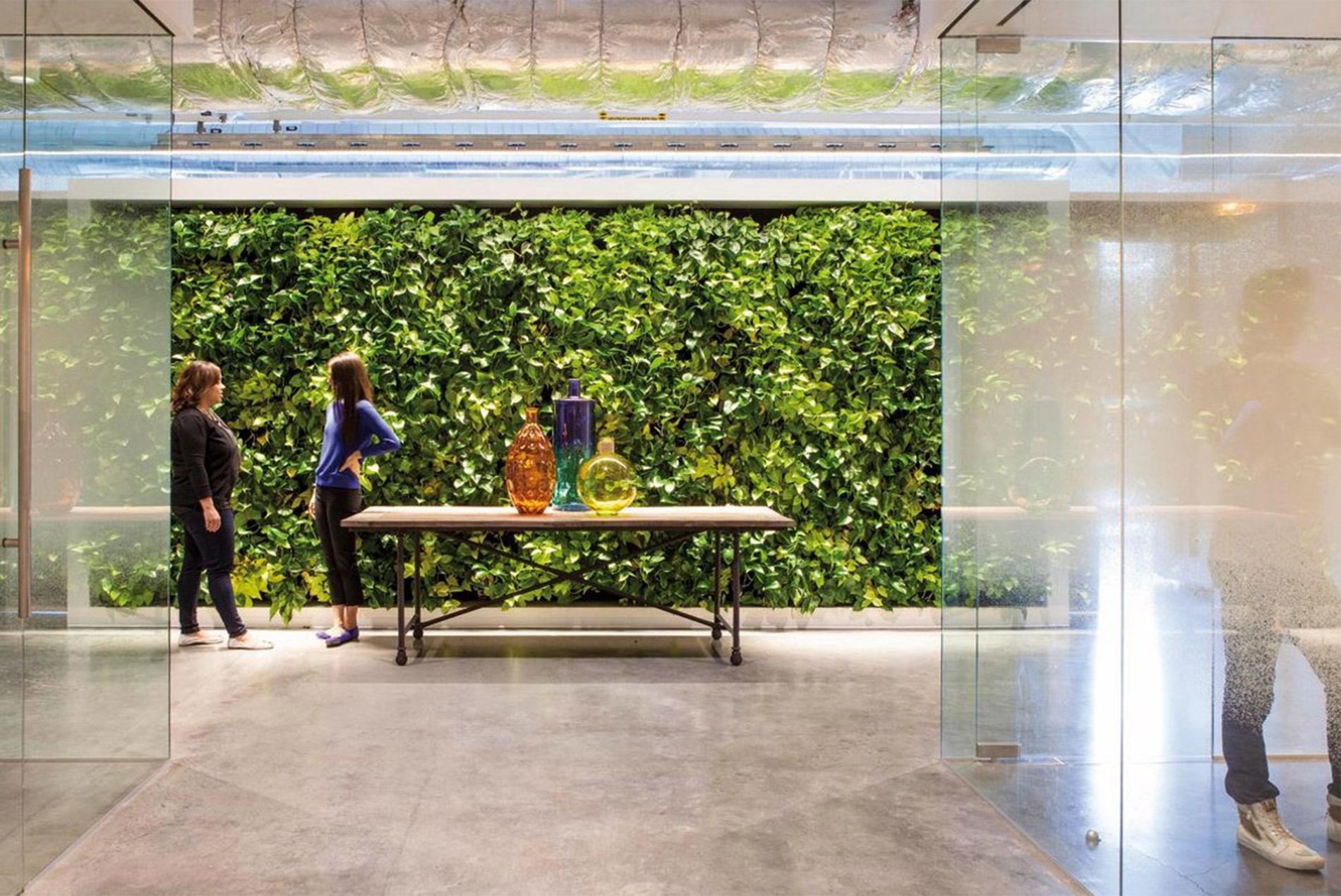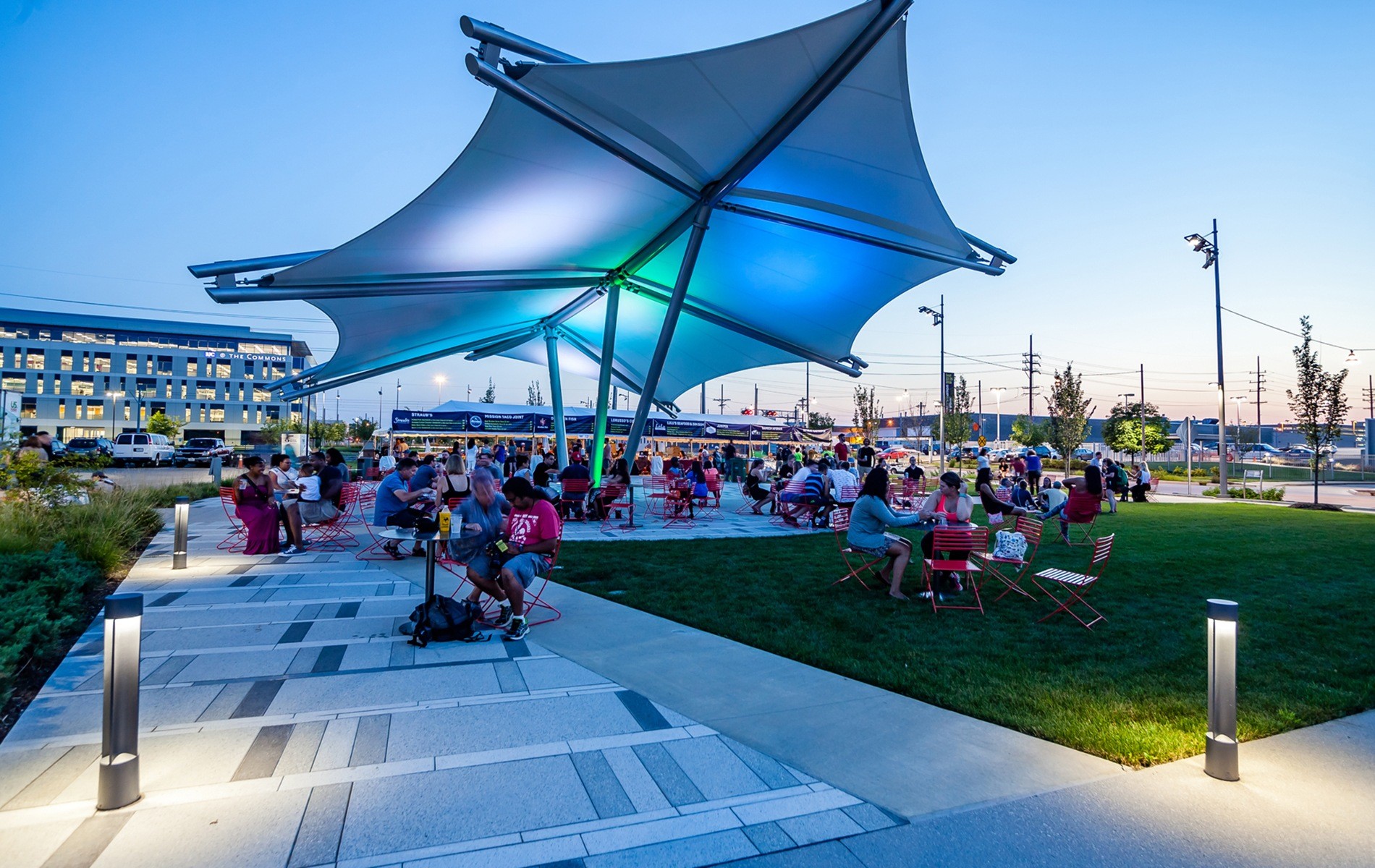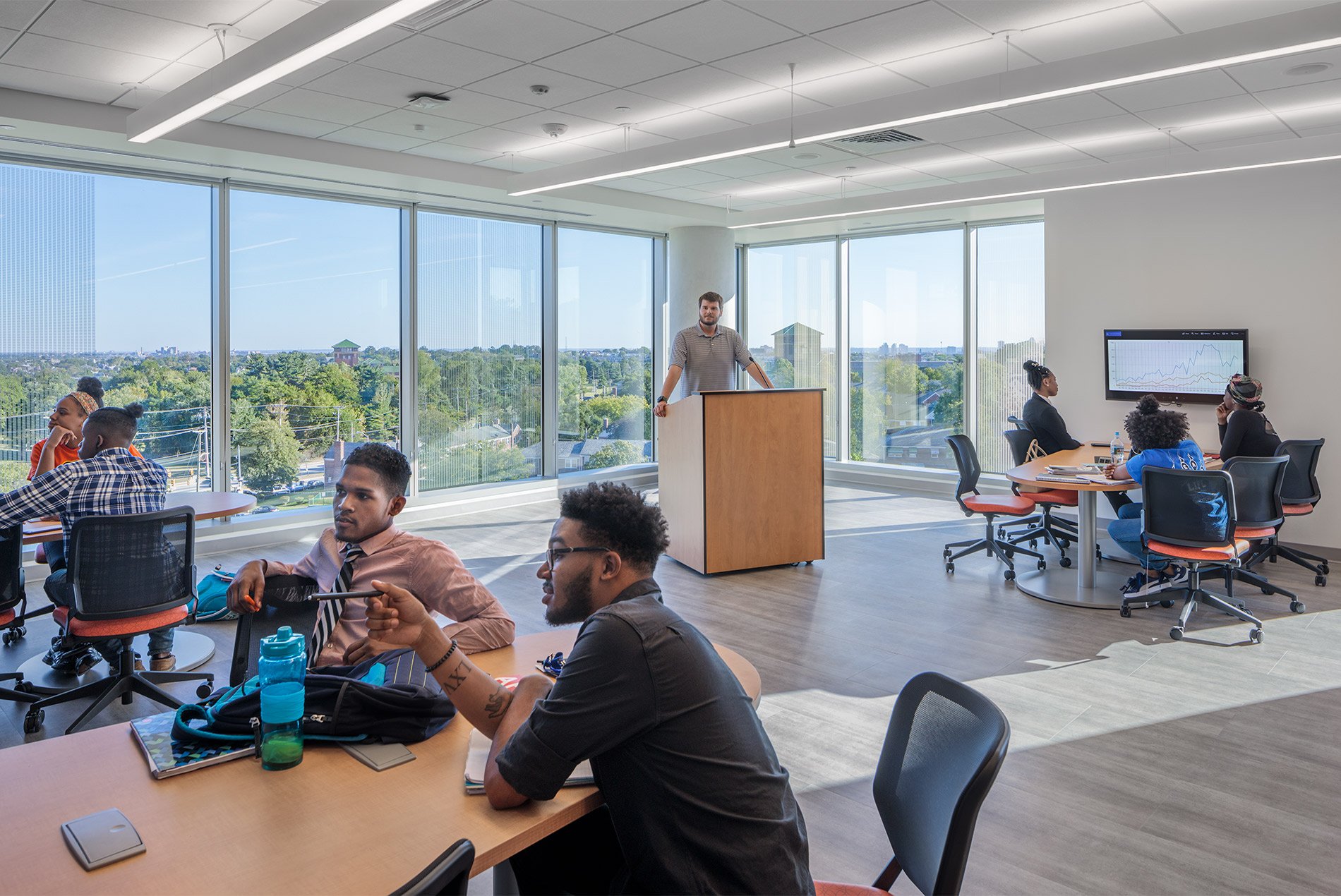An aging population, rising incidents of chronic disease and evolving global viruses such as COVID-19 are placing new strains on healthcare and creating a demand for more caregivers. The U.S. Bureau of Labor Statistics projects healthcare to grow faster than most other fields over the next decade, increasing 15 percent and adding 2.4 million new jobs.
For colleges and universities, this demand offers challenges and opportunities.
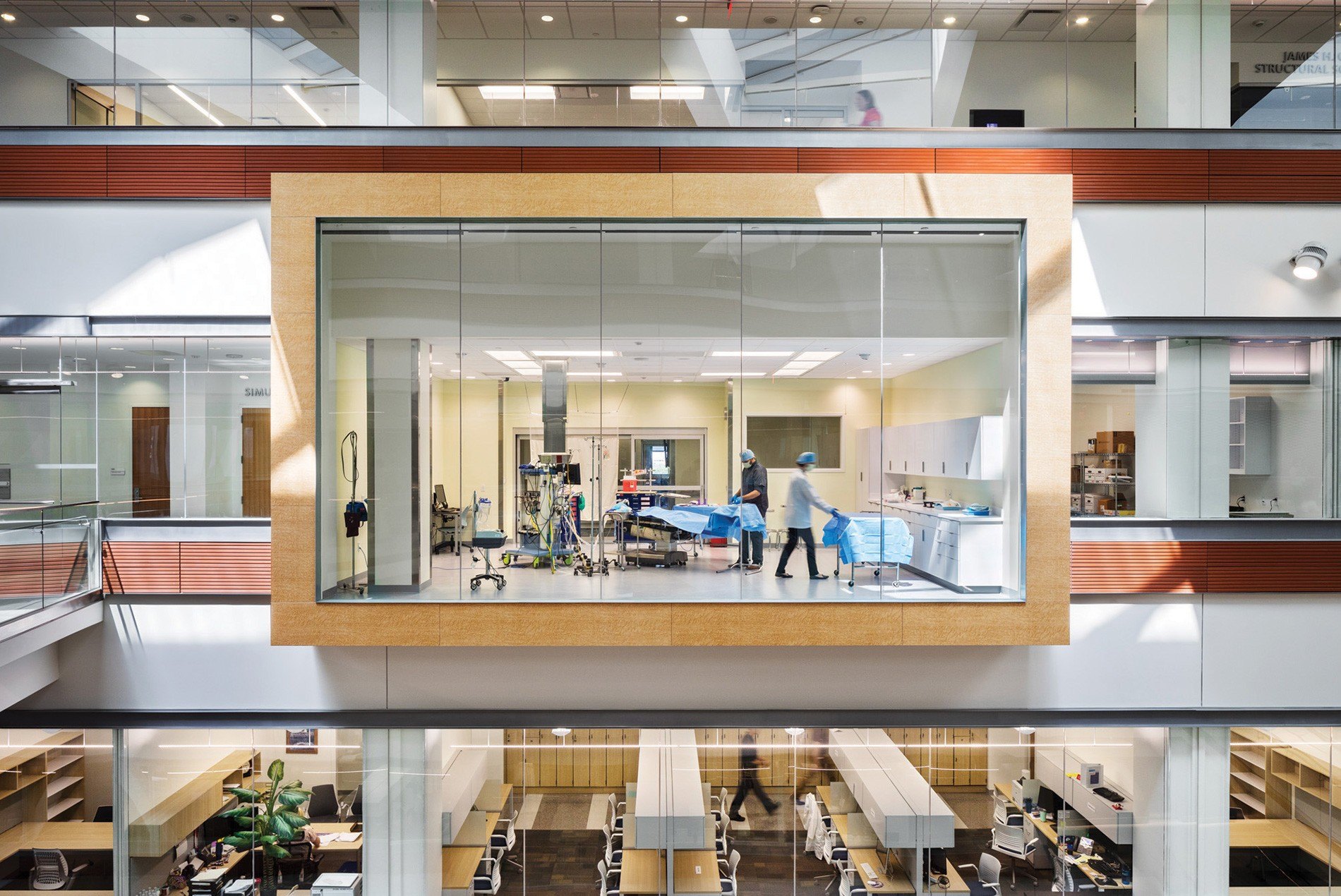
There is the opportunity to educate a new generation of caregivers with the latest technology and learning methods and to “open up” healthcare to make it more equitable.
There is also the challenge of how to accommodate growing demand and address the issue of burnout in what can be a high-stress degree program and career.
The following three approaches to facility planning and design can help schools and institutions navigate these issues.
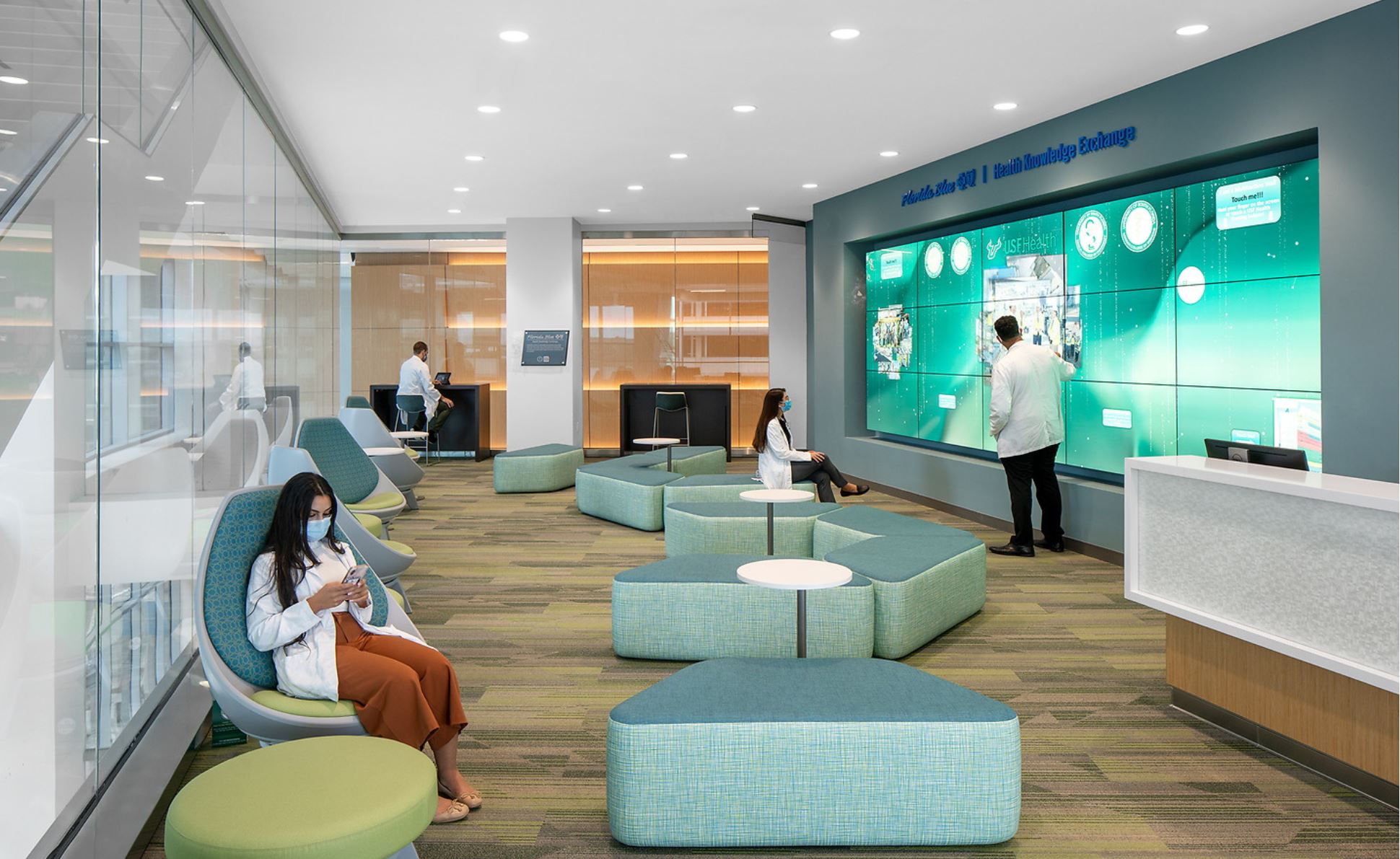
1. Highly Adaptable, Tech-Infused Spaces
Healthcare education has changed radically over the past three decades. Yet many of the existing spaces where healthcare education takes place speak to past generations and different approaches to learning.

To prepare Gen Z learners for the changing world of healthcare, schools are adapting new pedagogies that emphasize experiential and interprofessional education. Learning philosophies rooted in rote memorization are evolving to ones that prioritize self-motivated, just-in-time learning coupled with a foundational knowledge of basic and clinical sciences.
This change in teaching methodology requires adaptable classroom and training spaces that support a variety of instructional types, including informal, active and immersive learning.
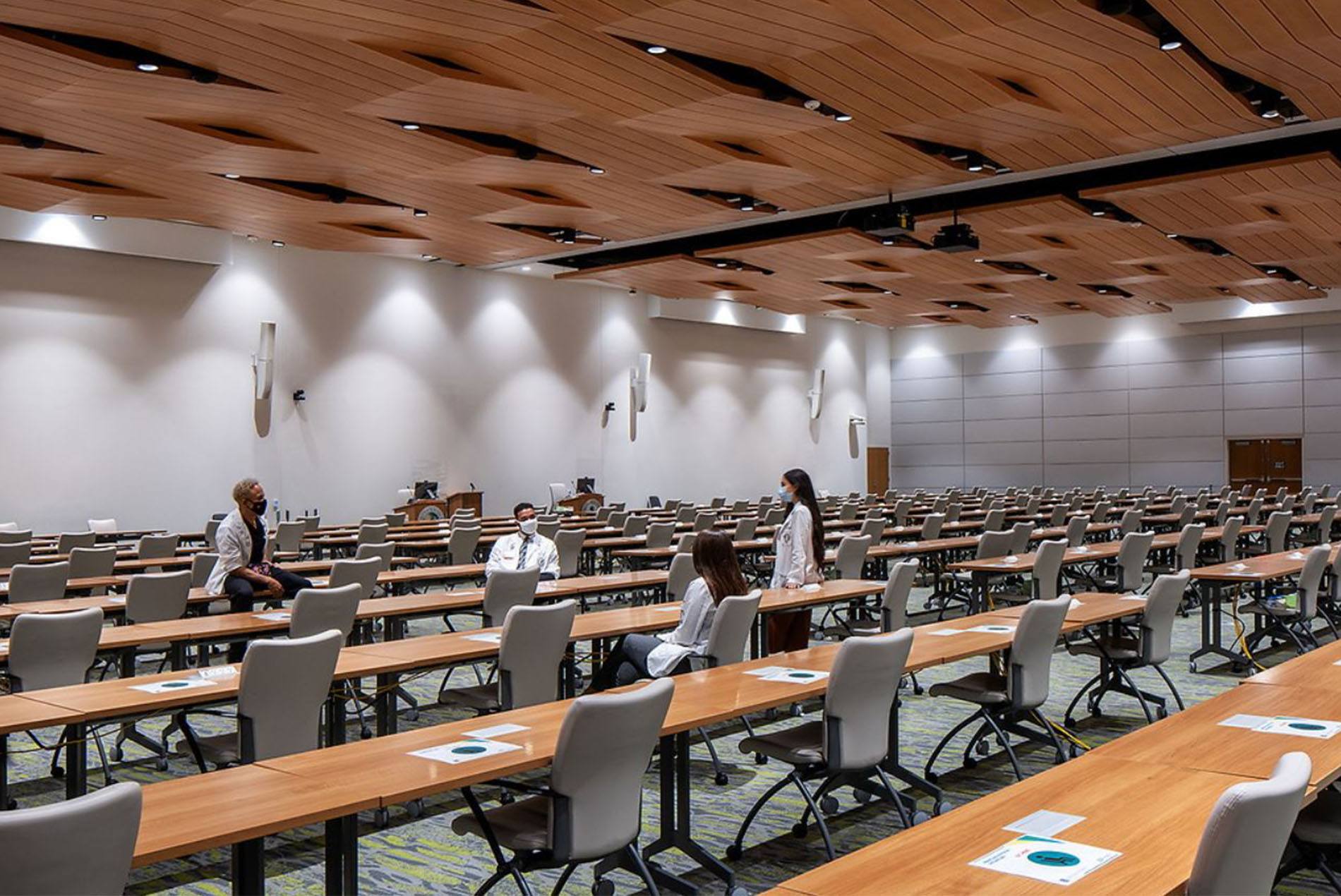
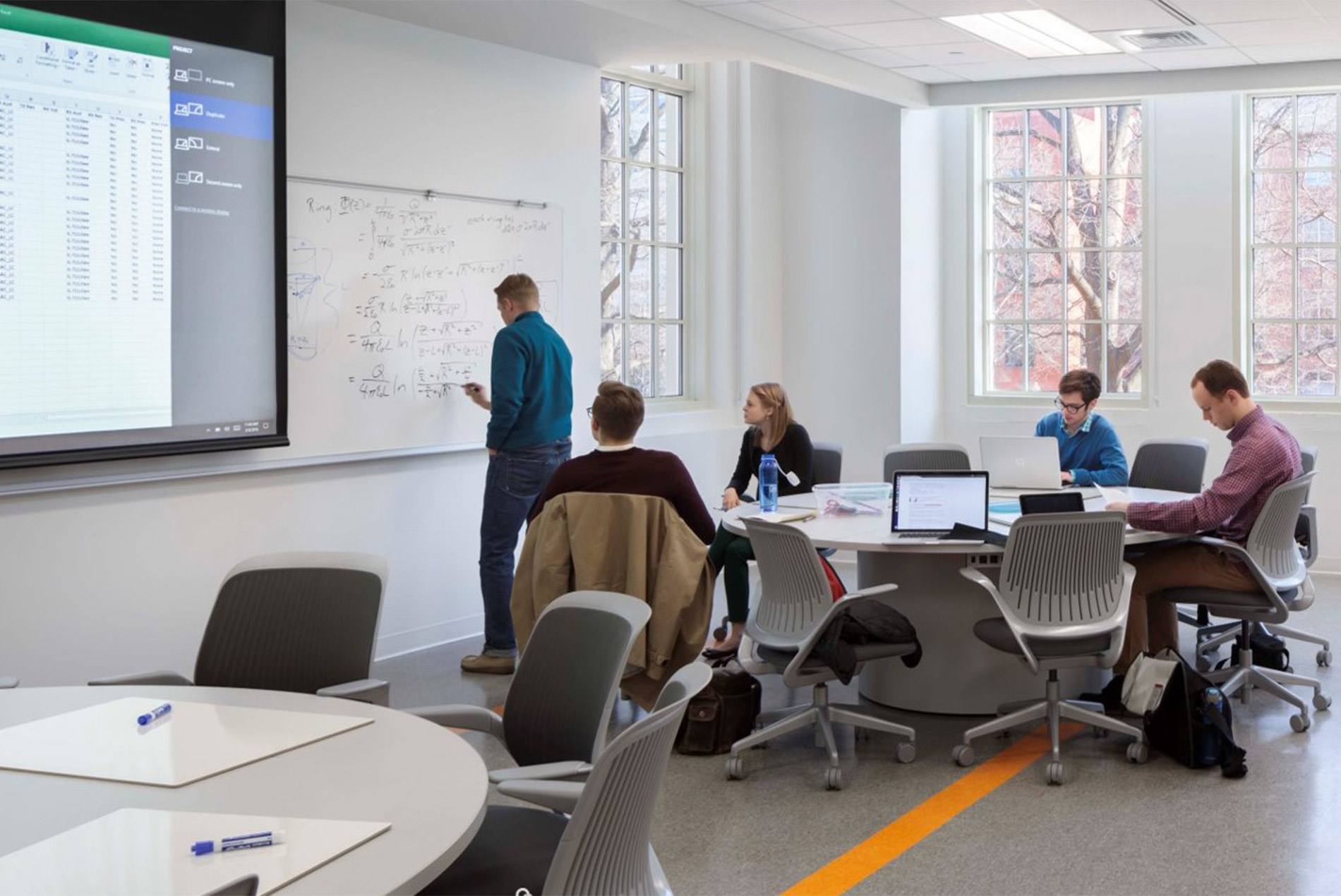
Configurable classroom environments support a variety of learning styles.
Large, multipurpose spaces capable of accommodating hundreds of students can be used for traditional didactic learning (lectures), interprofessional education sessions, grand rounds and events such as fundraisers and white coat ceremonies.
Medium-size classrooms offer ideal settings for peer-to-peer education and can support hybrid and distance learning. Smaller, more intimate classrooms provide opportunities for semiformal and informal learning with writable surfaces and multiple screens.
Common among all these spaces are movable and stackable furniture, ample power sources, multiple screens, strong internet bandwidth and scalable room configurations.
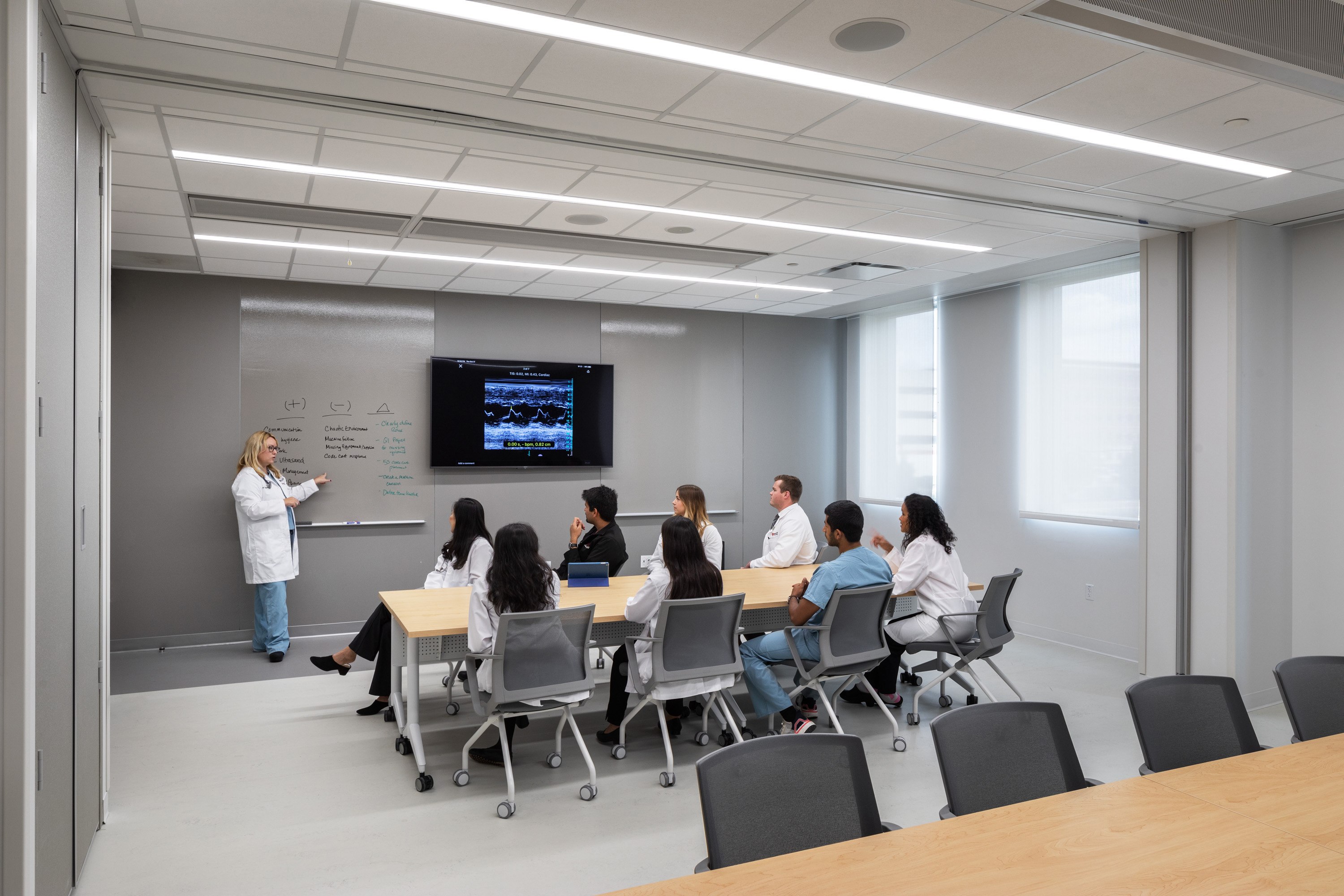
Experiential, hands-on learning is a cornerstone of health education. These spaces for immersive and simulated learning must be highly flexible and platform agnostic. They need to be able to incorporate new learning and health tools, including telemedicine, haptic technology, virtual and augmented reality, and digital anatomy.
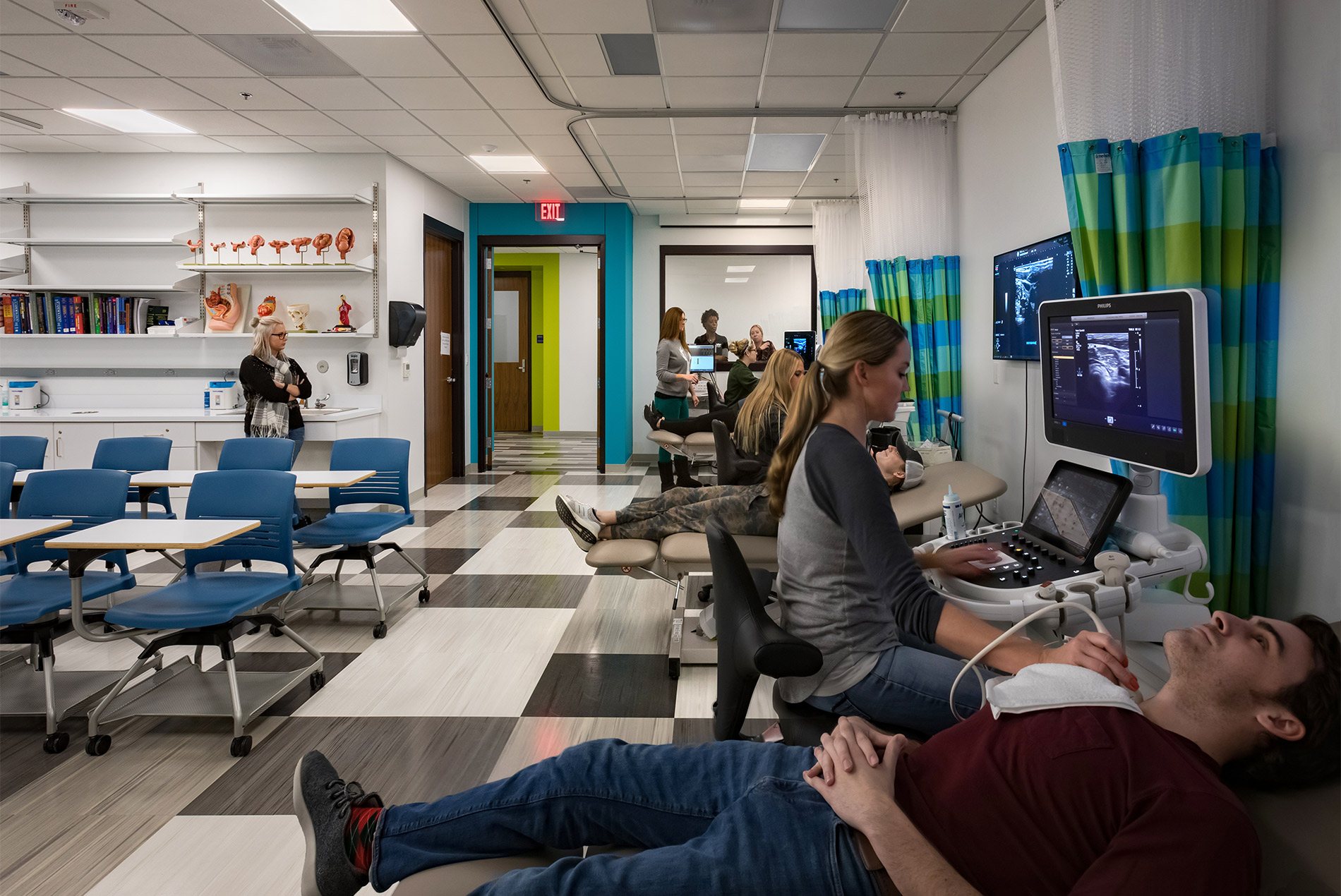
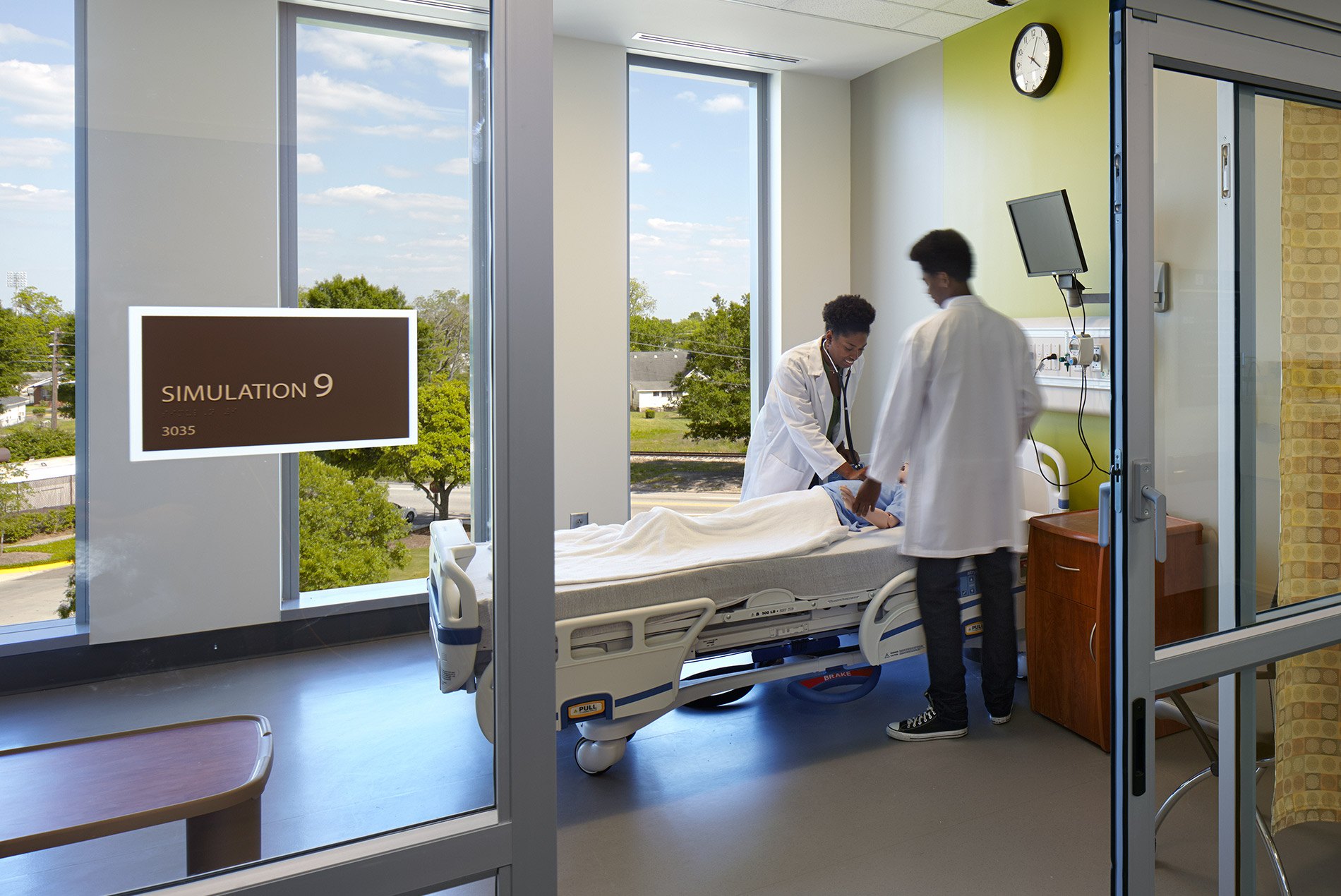
Research is playing an expanding role in health education by helping students understand disease fundamentals and investigate new solutions.
Like classrooms and experiential settings, these spaces work best when they are highly adaptable and transparent, allowing them to pivot in form and function while encouraging a free flow of ideas.
HOK is designing the next iteration of the flexible space for health sciences education. Hyperflexible “sandbox” environments (as seen below) are highly customizable modular spaces. Sliding consoles allow for a variety of backdrops or simulated props for multiple scenario creation.
A hyper-flexible learning environment at University of South Florida is providing students with entirely new ways to learn.
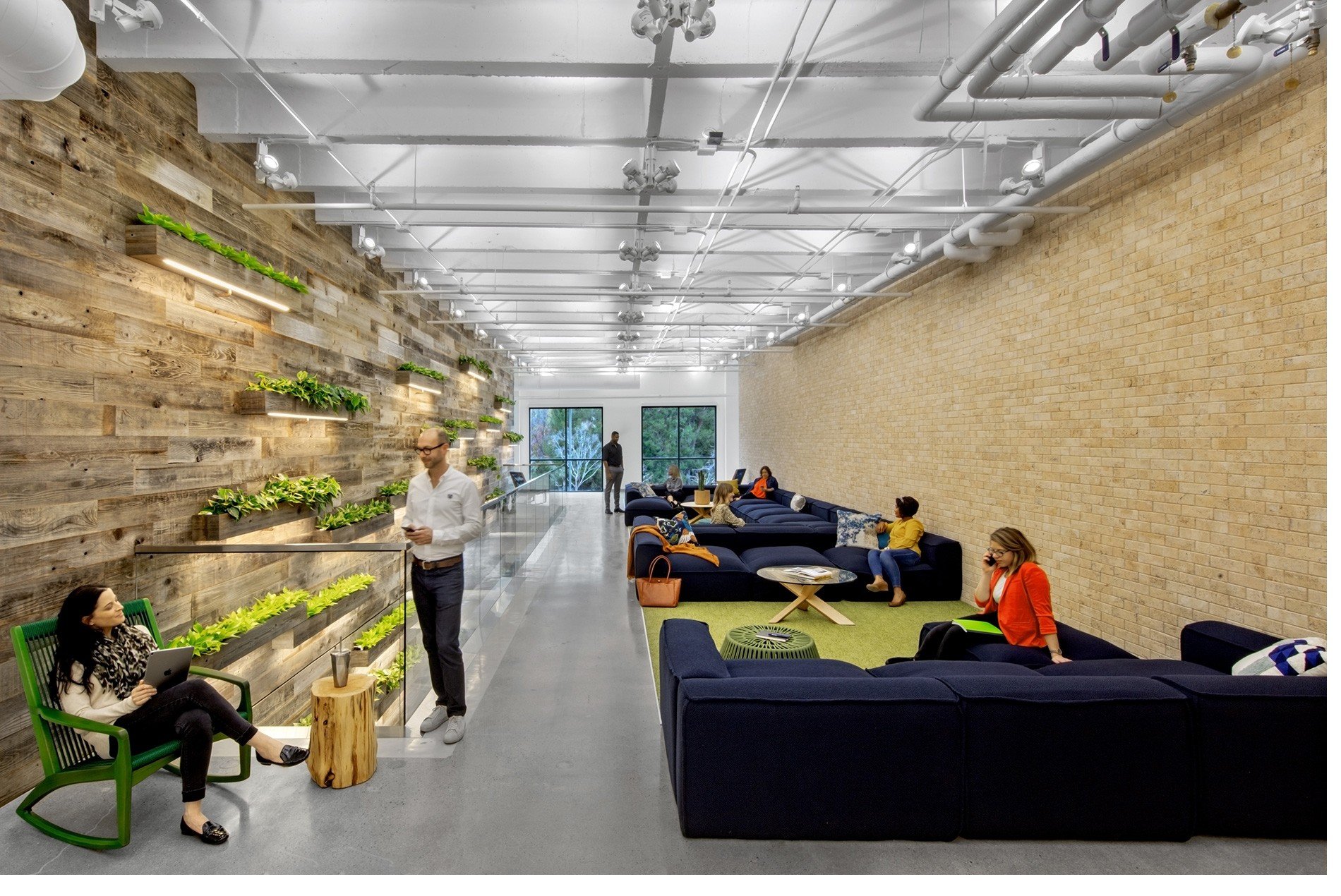
2. Design for Wellness
Challenging course loads, long hours and a profession that can tolerate few mistakes are stressors impacting healthcare students.
Fortunately, more schools are proactively addressing student burnout within their curricula and through counseling and mental health resources. Facility design also plays an important role in alleviating stress and nurturing the full development of the student.
Soft learning spaces complement classroom, lab and immersive training areas. Often co-located in hallways, lobbies and other high-traffic areas, these spaces create places for serendipitous encounters, cross-discipline collaboration and—equally important—relaxation.
“Living room” spaces offer students a place to socialize, recharge and disconnect. These spaces often provide a visual transparency and connectivity to the rest of the building and can include quiet nooks and pods for heads-down work.
Nutrition and physical wellness feed both body and mind. Breakrooms and cafes within schools can provide students with healthy food alternatives and additional opportunities for socializing and personal care. Found opportunities within buildings can also offer students spaces for exercise, stretching and meditation.
The benefits of biophilic design are well-established. People with views onto nature and access to daylight and the outdoors are happier, healthier and more productive.
Schools and universities can take simple measures to incorporate biophilia into their facilities with indoor plantings, windows, daylighting and outdoor spaces.
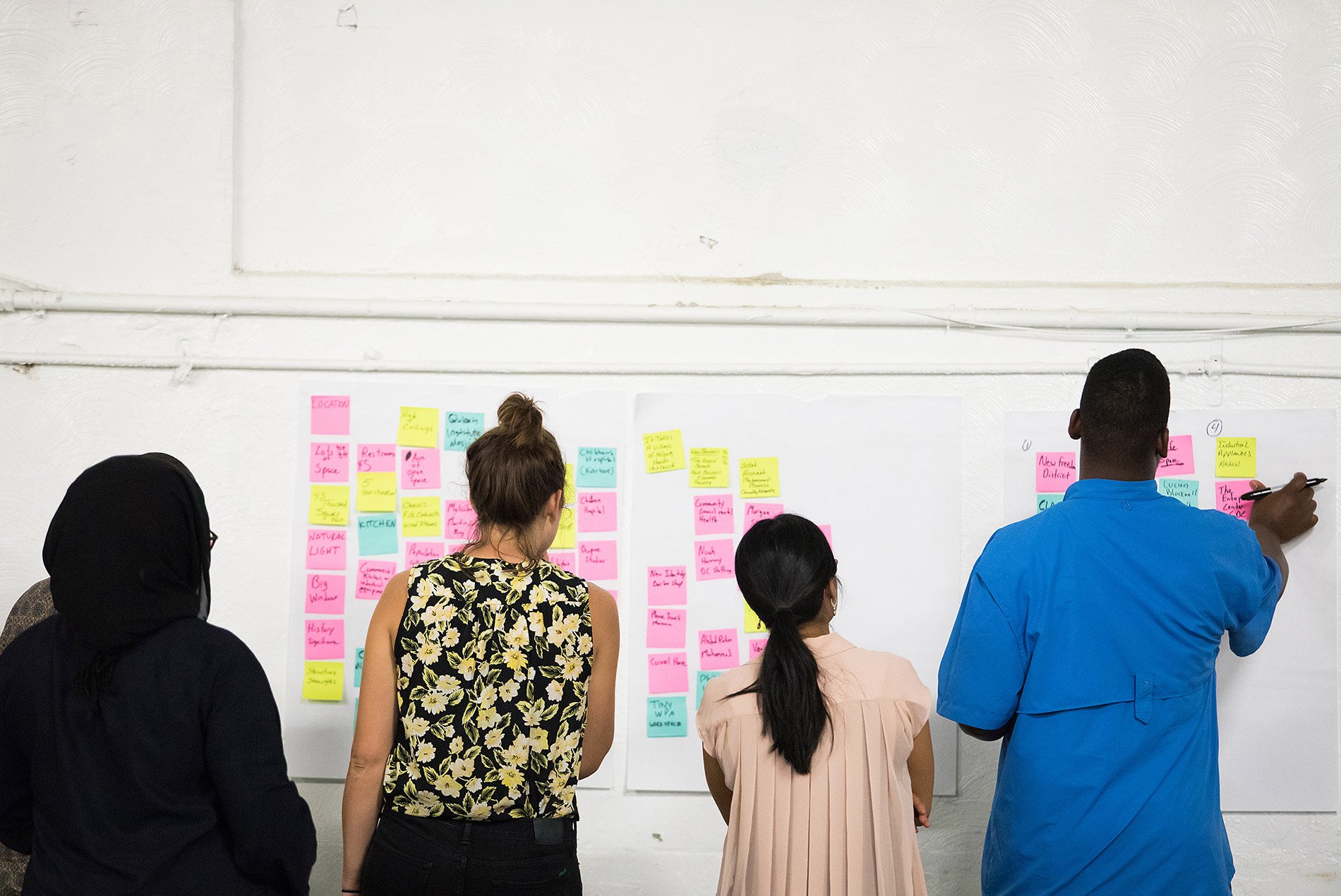
3. Inclusive Design
As COVID-19 has revealed, great disparities continue to exist within healthcare. Minority communities, especially, are more likely to suffer the brunt of public health crises with higher levels of illness, morbidity, emotional stress and financial hardship.
Healthcare education has a unique opportunity to remedy these outcomes through inclusive programming and design solutions that consider the comprehensive needs of a community.
Health education facilities have the possibility of being more than just spaces to educate next-generation caregivers. They also can serve as an important asset for community health and outreach.
That is why we encourage our health education clients to invite community stakeholders to early visioning sessions for a new building or renovation. A question to ask: How can this space make our community healthier and stronger?
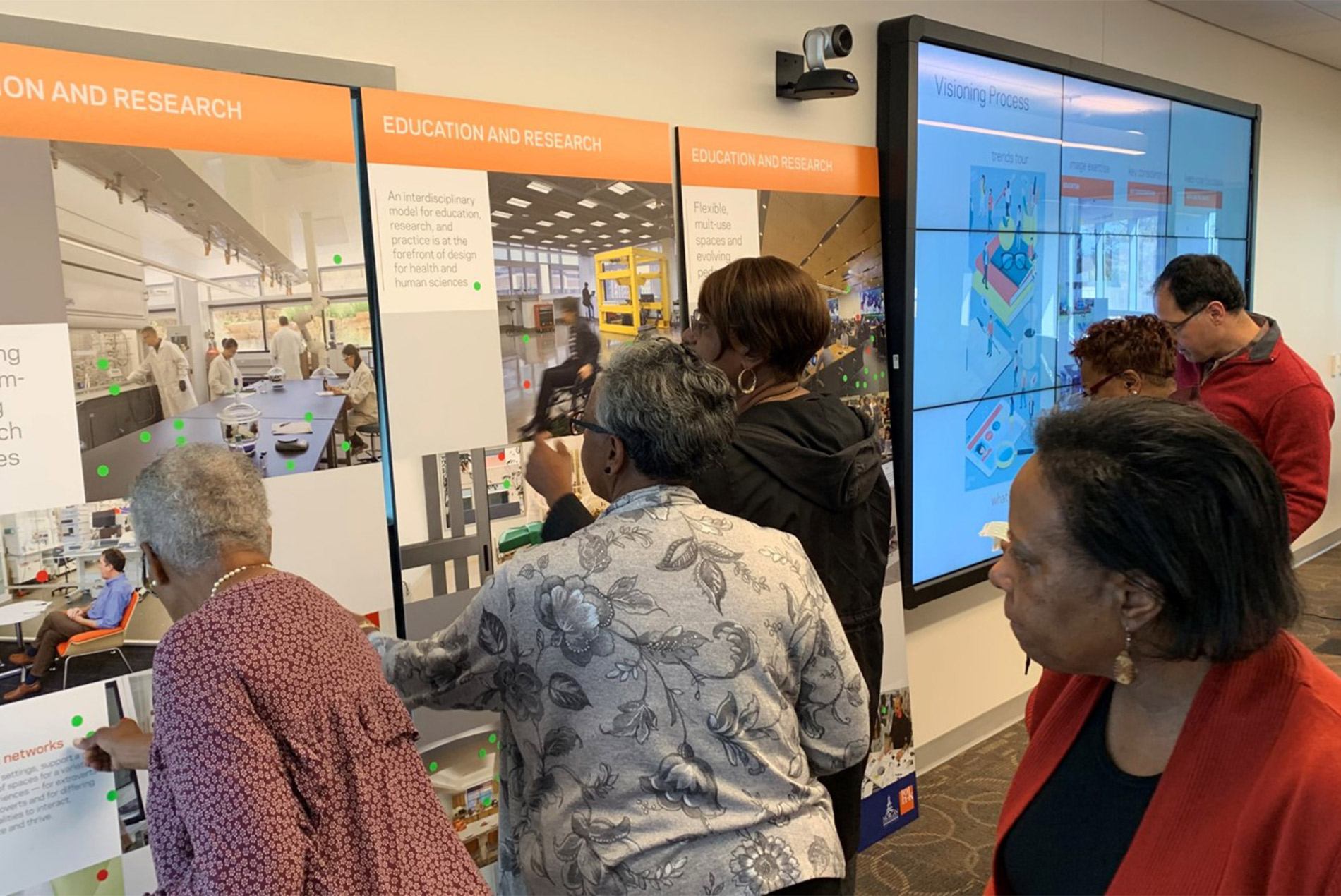
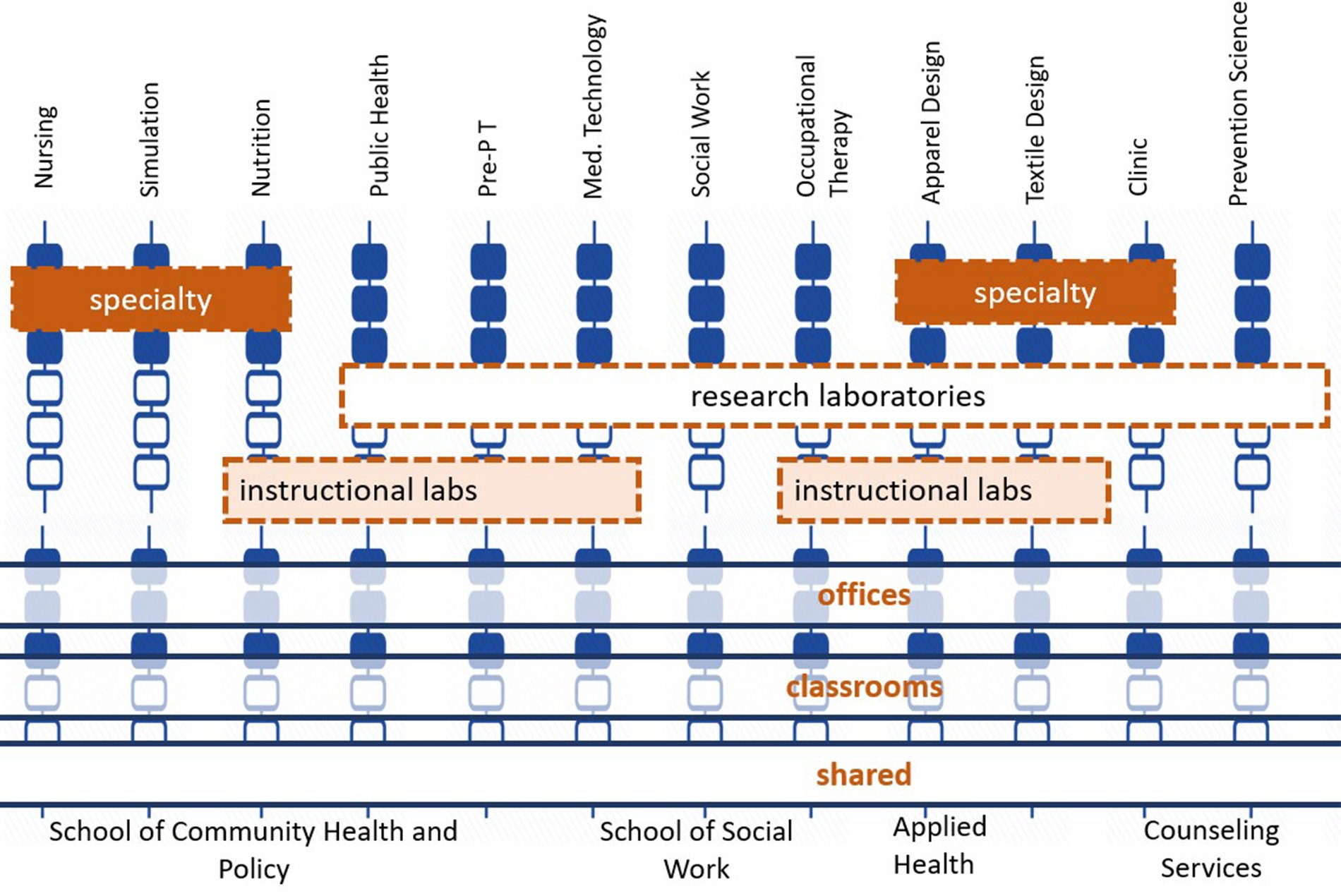
Inclusive design recognizes the importance of engaging leaders from external, yet symbiotic, fields during the planning process. This outreach often presents opportunities for departments to “share lanes” with common- and multi-use spaces that save resources while promoting collaboration.
Design teams are increasingly using technologies such as augmented and virtual reality to involve stakeholders in the design process. These collaborative tools allow non-designers to easily understand and experience a building prior to its construction and have a voice in helping to shape its design.
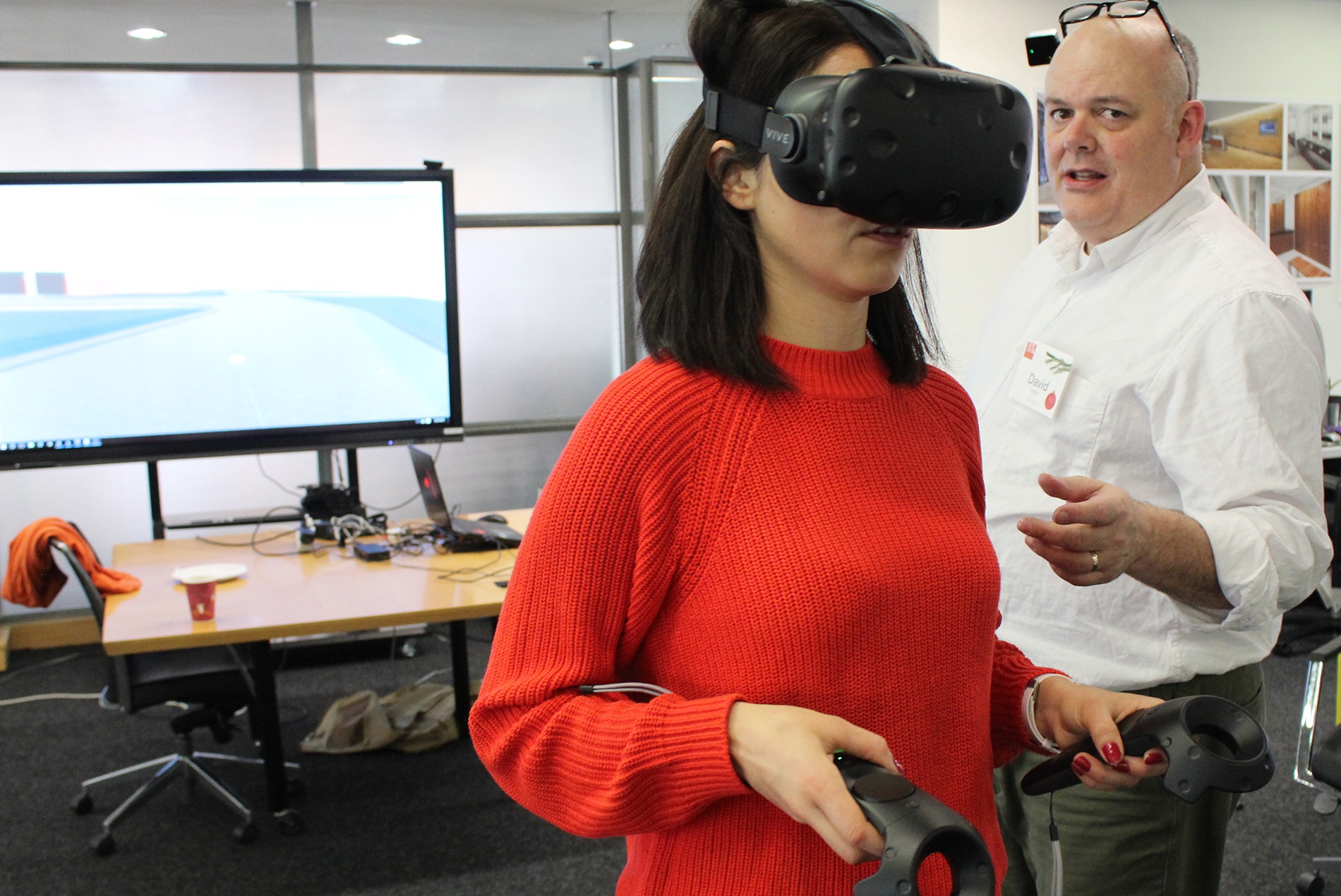
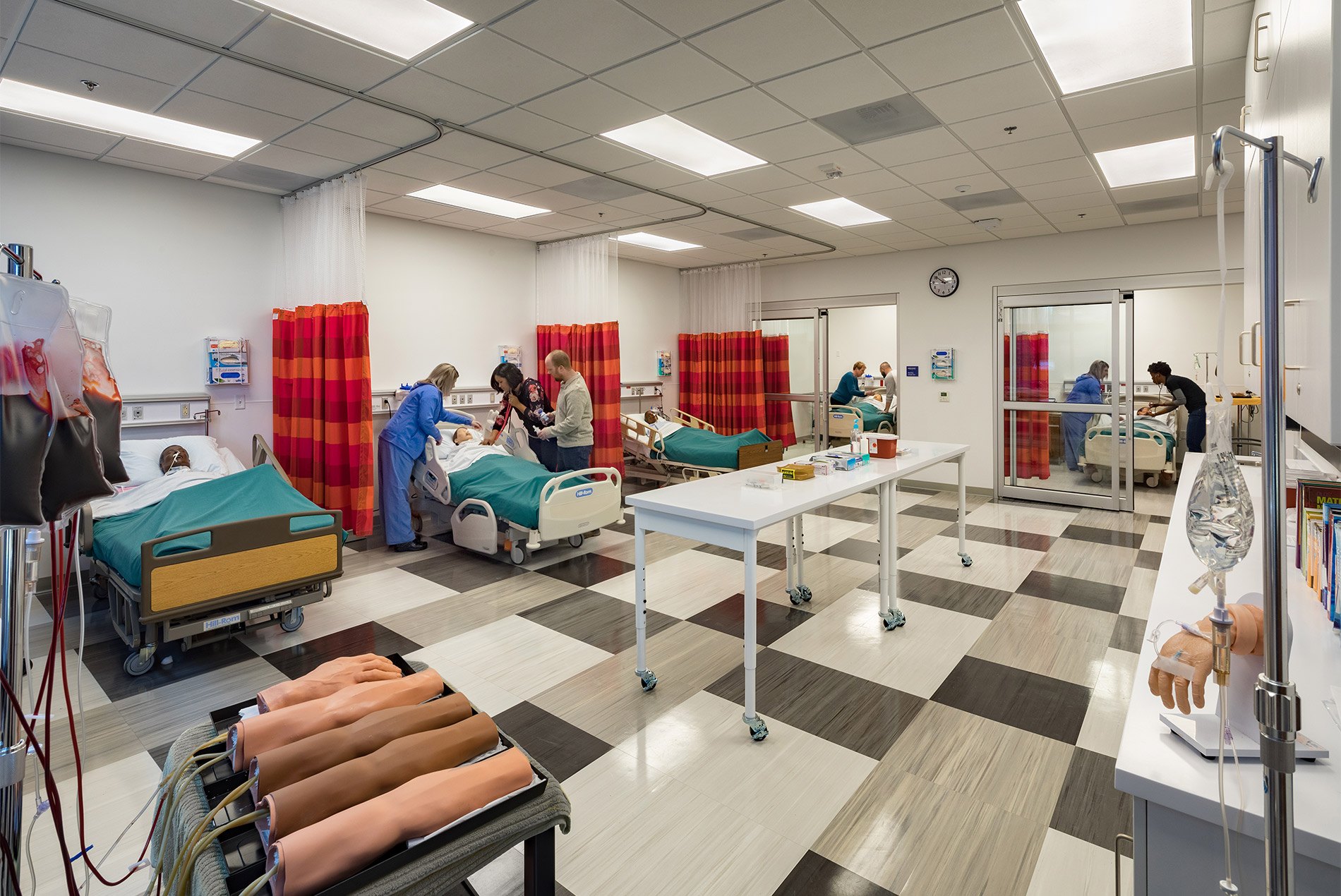
Beginning with initial planning and continuing through construction, inclusive design considers how all users will experience the space. This means considering the needs of administrative staff and medical actors in addition to students and faculty. It also demands that designers pay attention to material details, such as the skin tone of manikins, that may positively or negatively shape a person’s reaction to the overall space.
As noted earlier, healthcare faces considerable challenges in treating a growing population while combatting emerging health threats. Yet as the response to COVID-19 has proven, health systems can also rise to the occasion when called upon.
To ensure that resilience continues, health education providers should consider how their programs and facilities are supporting technology, adaptability, wellness and inclusivity.
For more on how HOK is helping schools achieve these measures, check out our Science + Technology page or reach out directly to the authors below.
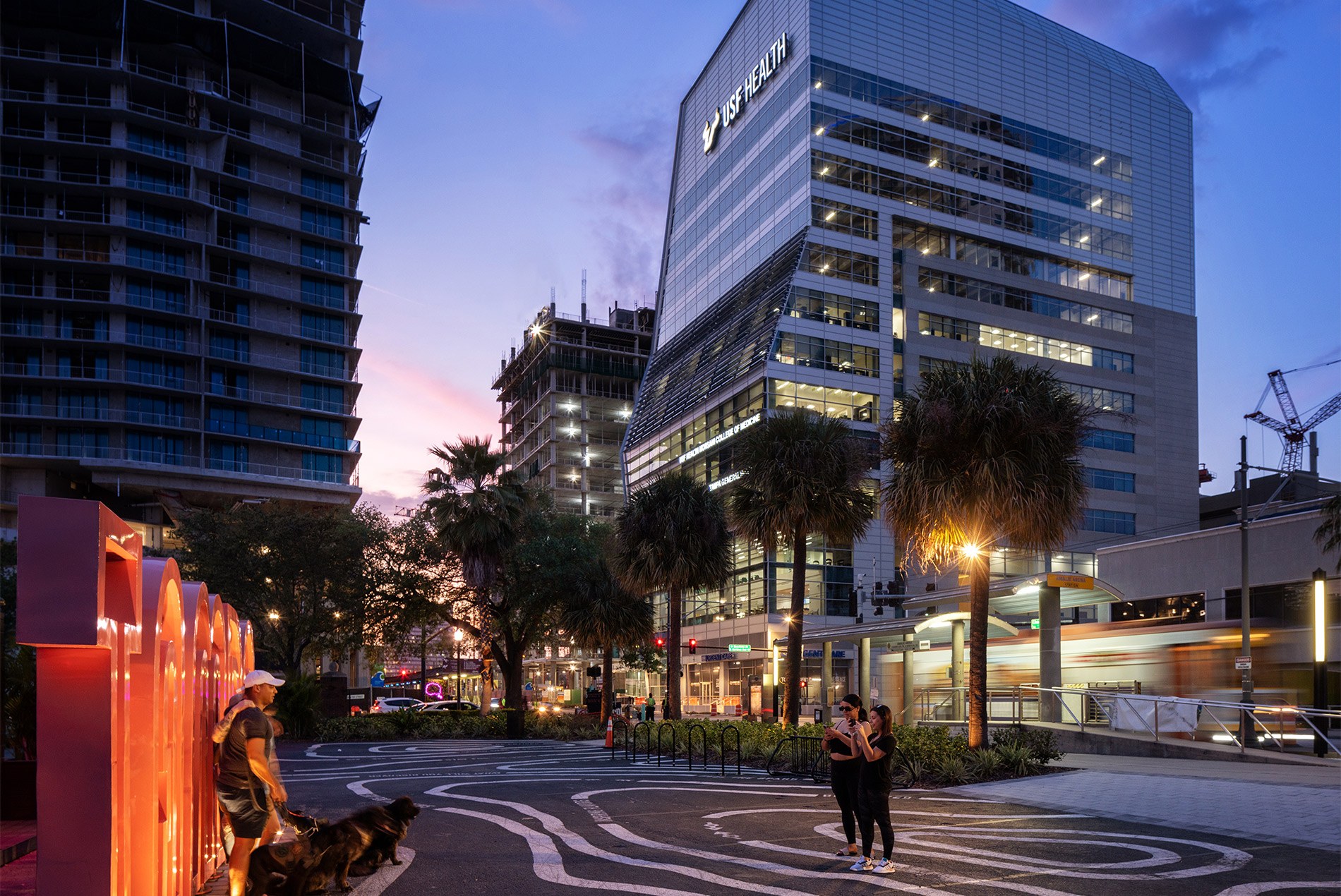
Authors:
Ami Shah is a health education thought leader, architect and senior laboratory designer and health sciences planner in HOK’s Atlanta studio.
Sandbox video courtesy of HOK’s Alex Hassell.
